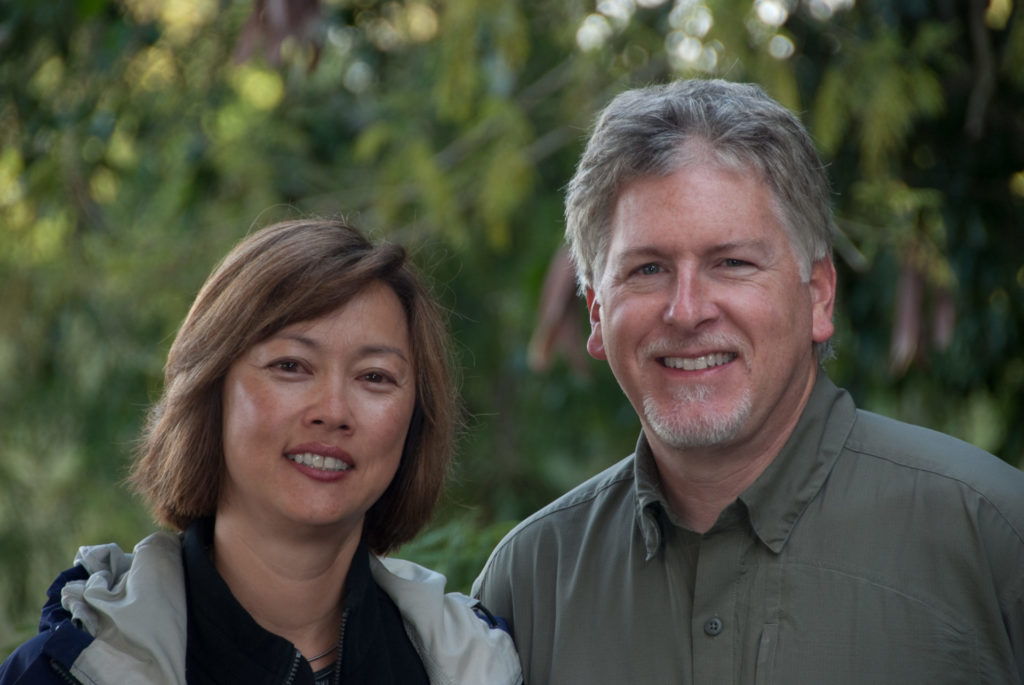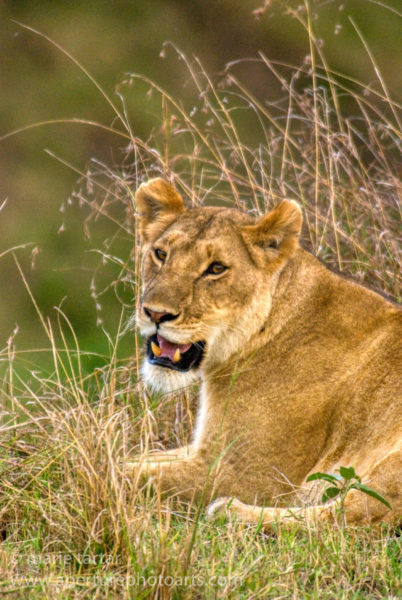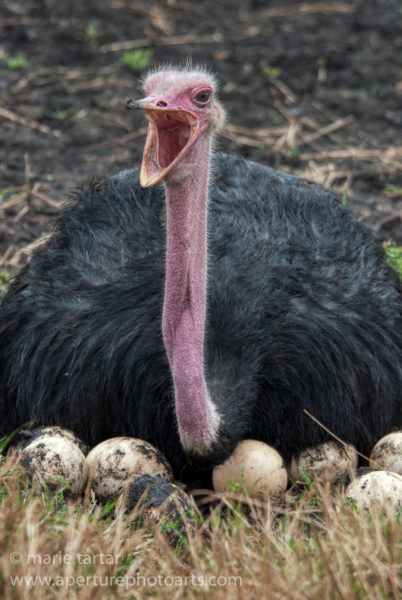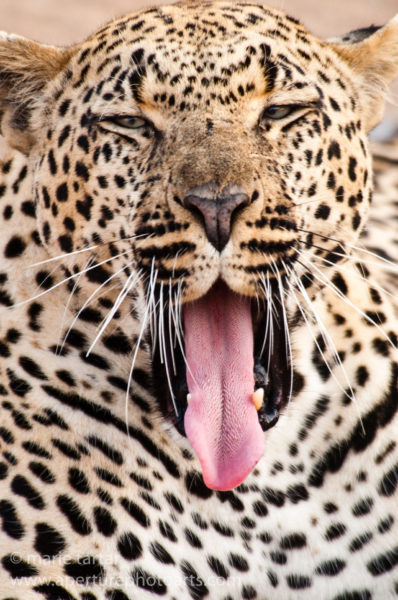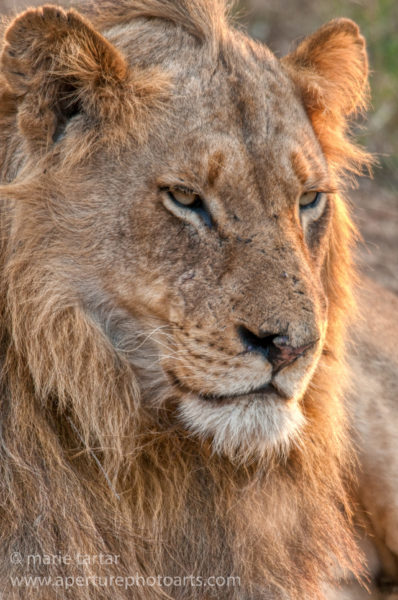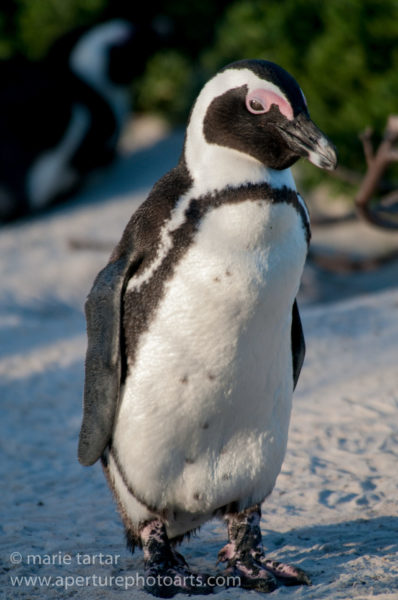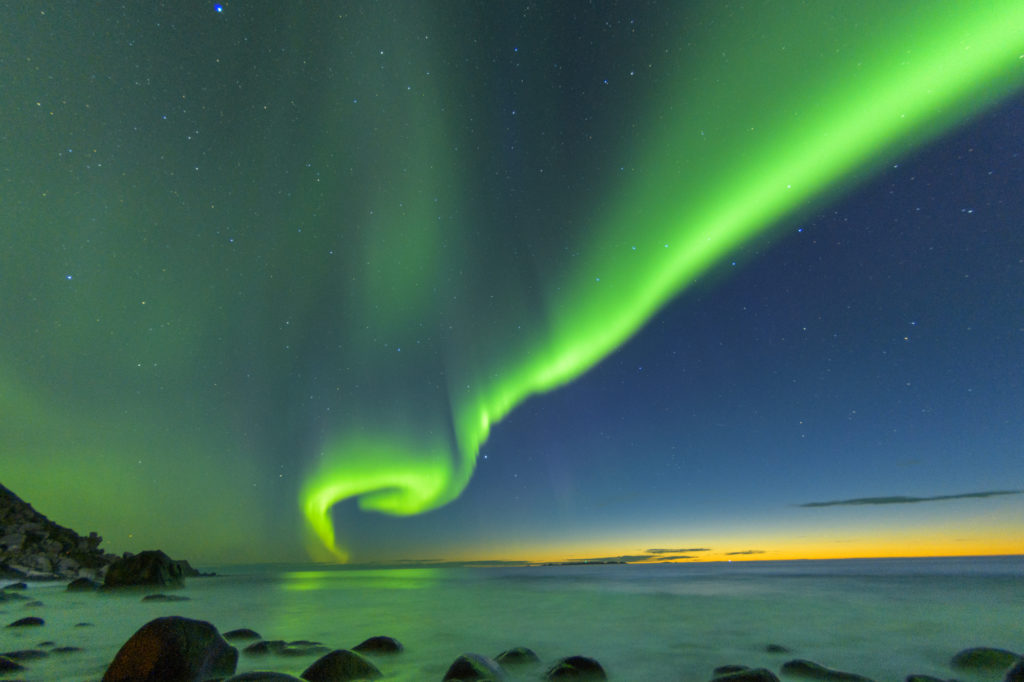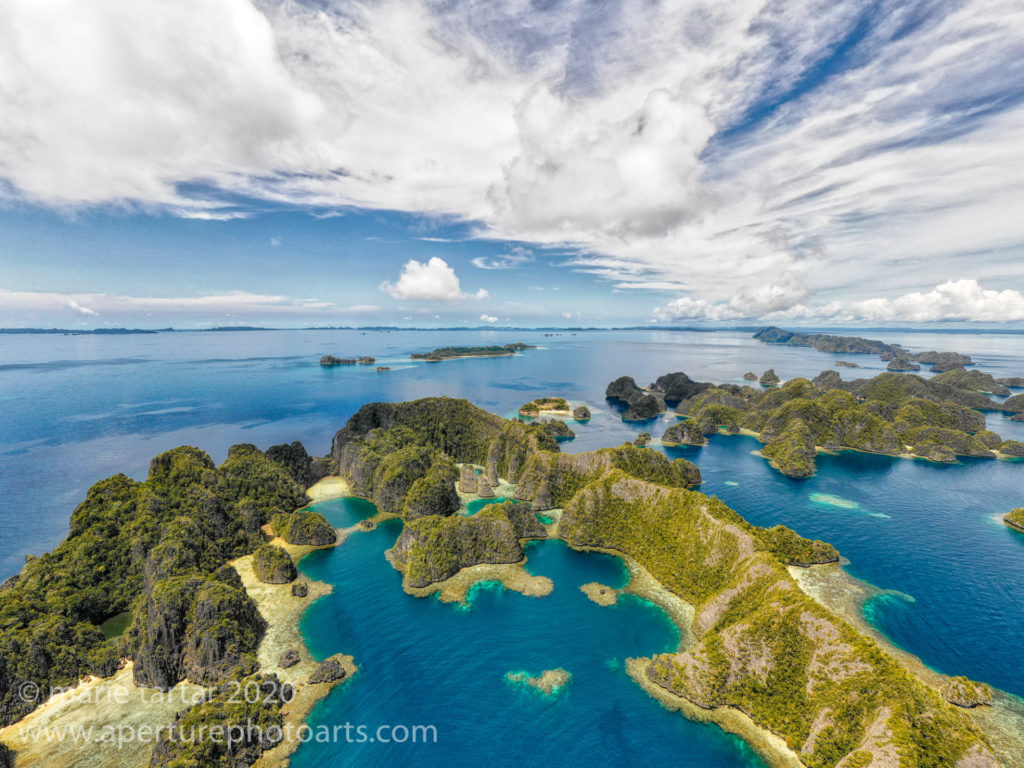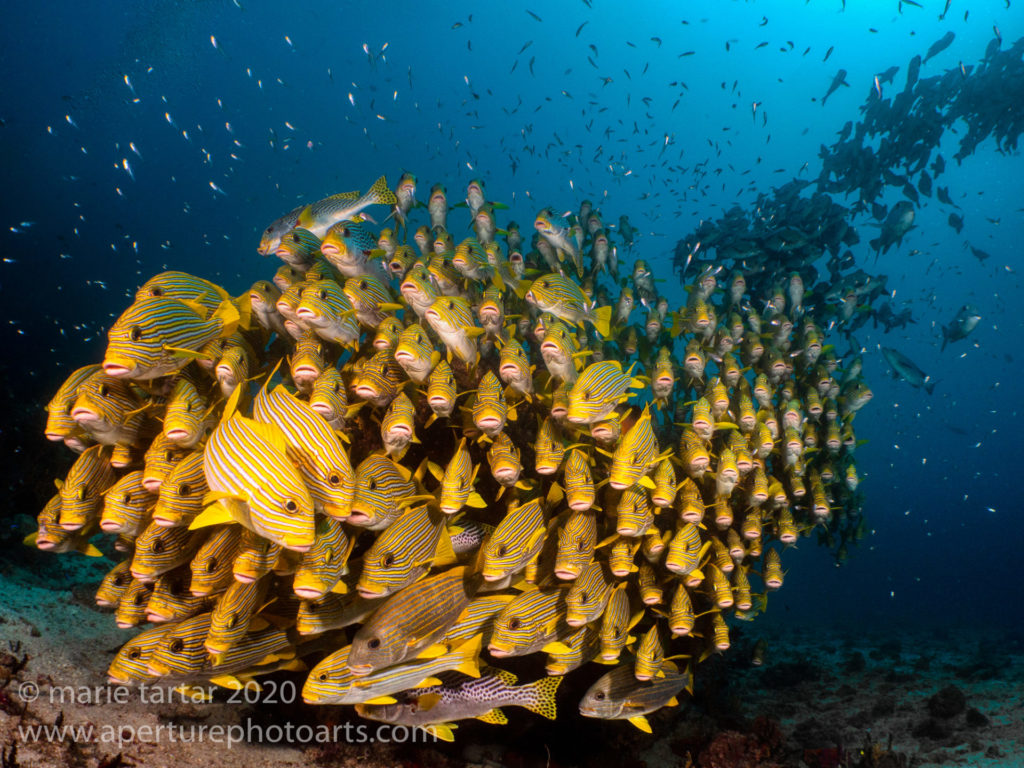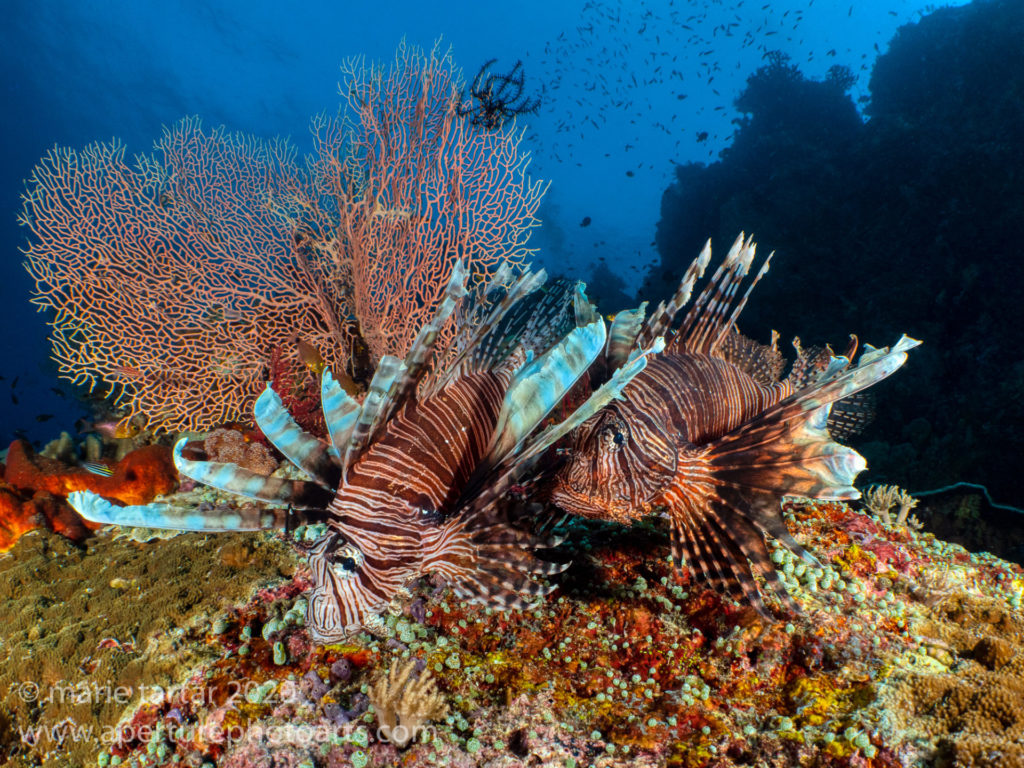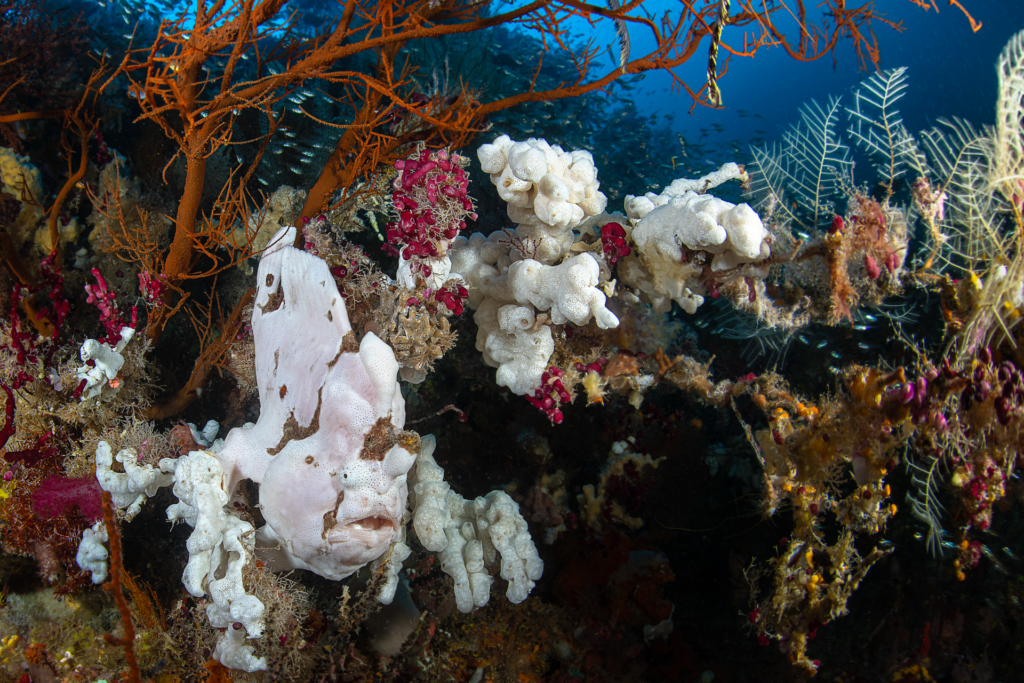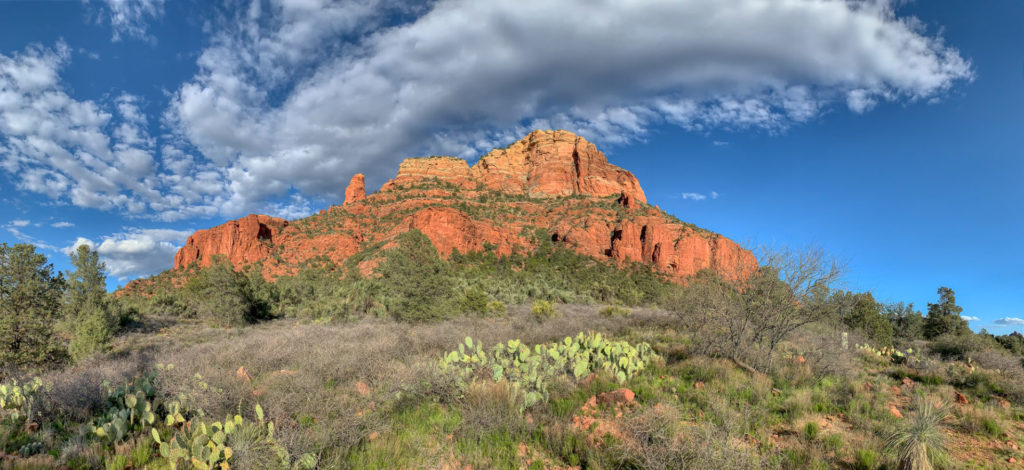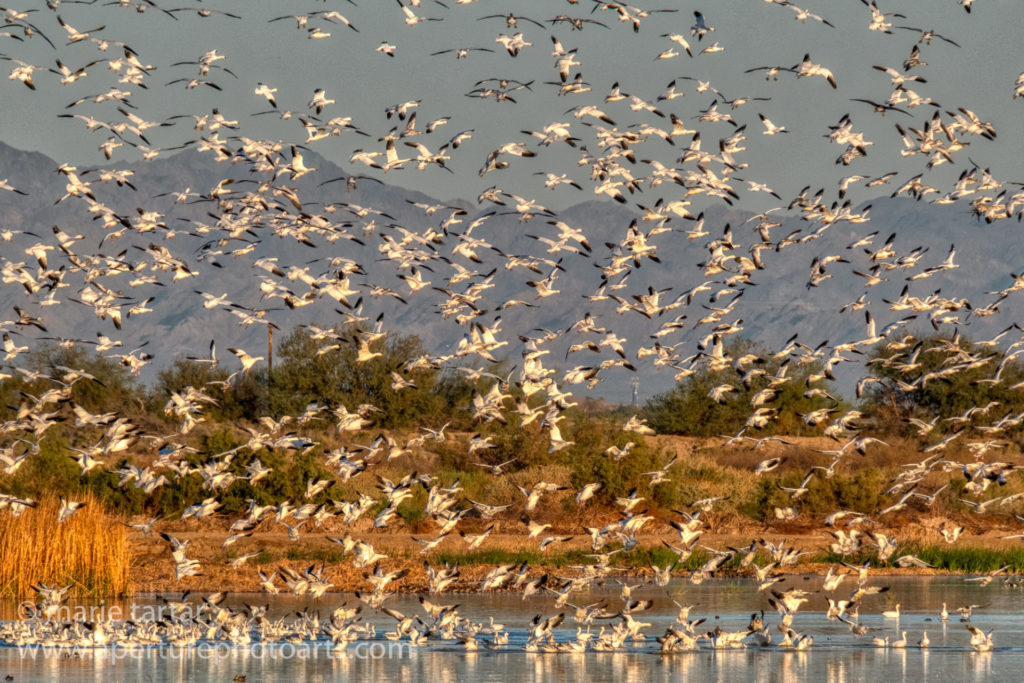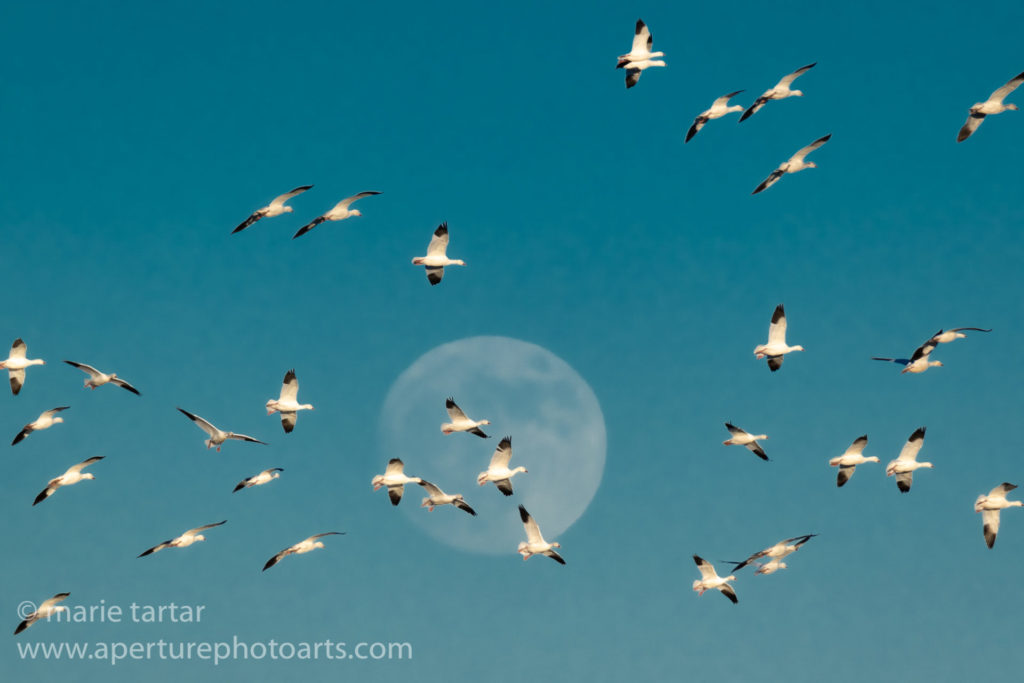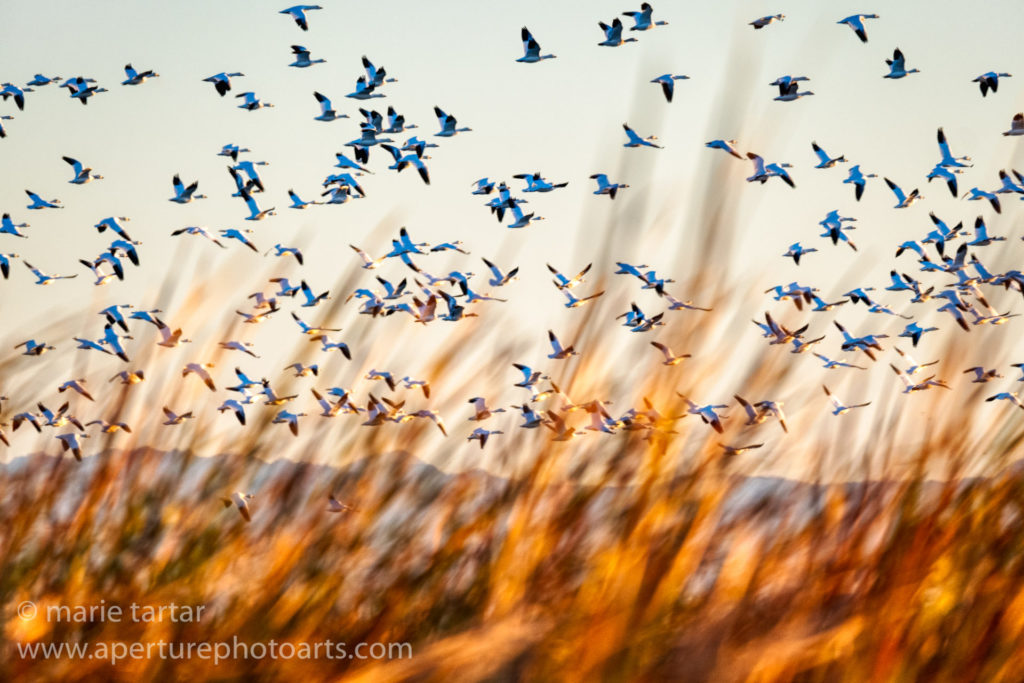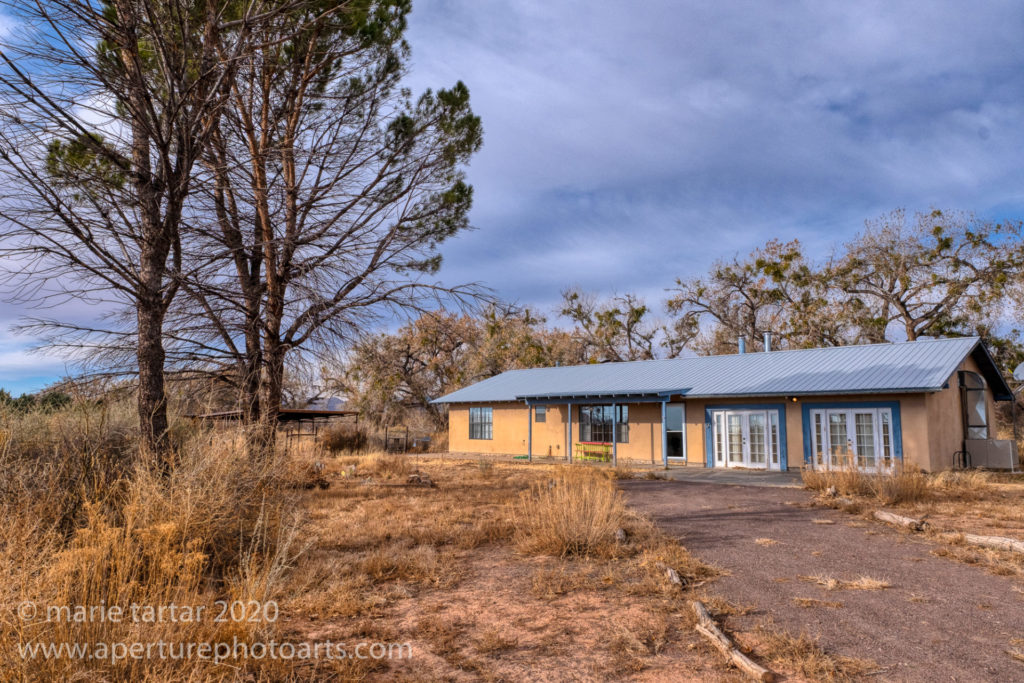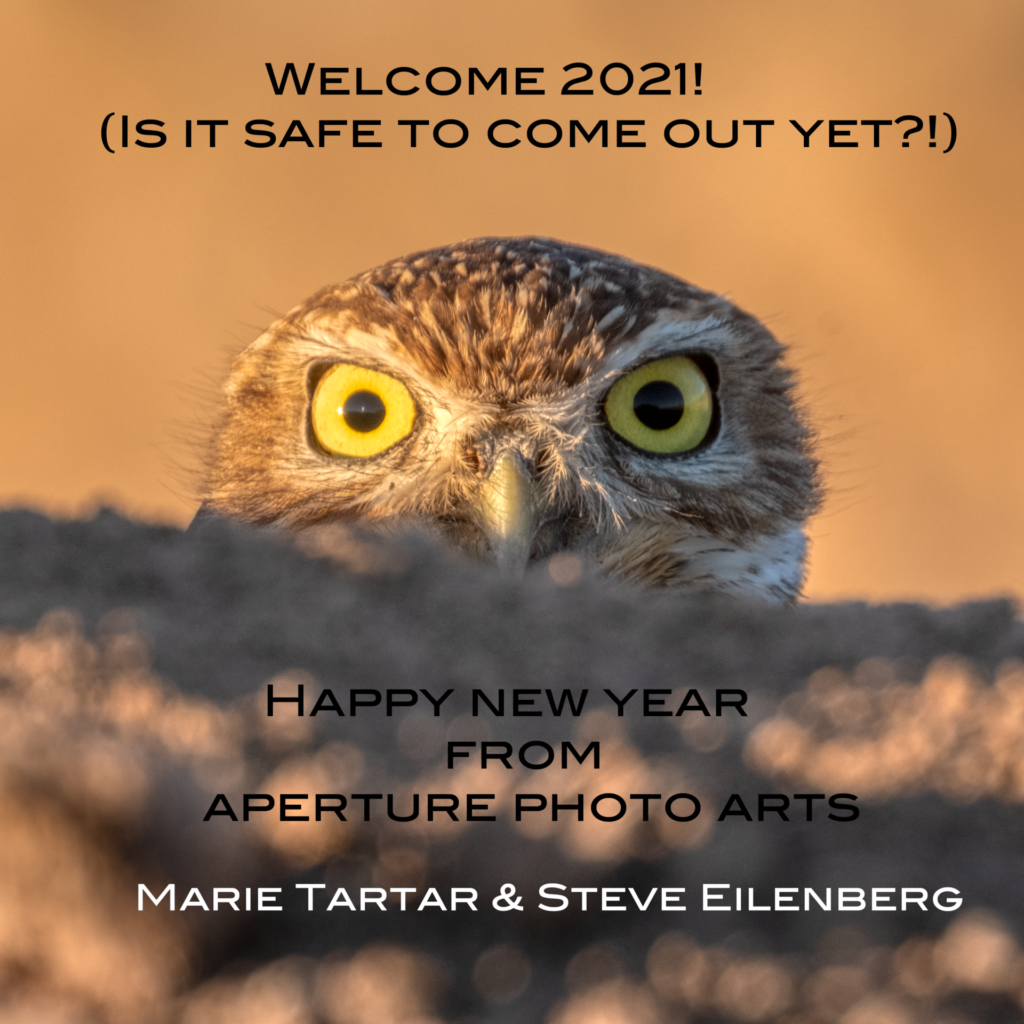
Preamble
How to sum up 2020? A year so chaotic, full of fear and fury, as to be life-altering, unforgettable and for most everyone alive today, almost certainly the most memorable year of their lives. Usually memorable implies special events and happy milestones, but it can also signify disruption of familiar routines and world-order shake-ups which will be impressed on our collective memories for generations. I generally write this yearly summary as the year progresses. This particular year, my practice of writing as the year unfurled reflects the progressive dawning on us of the irrevocable changes the Covid-19 pandemic would wreck on work, travel, socializing, all the pillars of our lives. The social justice reckoning spawned by George Floyd’s murder and the empty sound and bluster of Stump, the lead-up to the election and the aftermath, would also make this a year for the history books. Maybe the 20/20 visual analogy holds, as events of the year showed with unsparing clarity the glaring and widening rifts between races, classes, young and old, states and political parties in their susceptibility and responses to the pandemic.
No doubt, no one was spared as coronavirus morphed from a few cases of a mysterious pneumonia in far-off China in December 2019 to a mind-boggling, news cycle dominating stream of continuously mounting numbers of new diagnosis, hotspots, deaths, shortages of PPE, a heart-rending pile-up of catastrophe on catastrophe. We were the fortunate. Even being in healthcare, we were far from the frontlines, dealing more with patients on screens reading their scans than in person. San Diego was less terribly affected than other California cities, allowing our hospital system to do a reasonable job of stockpiling and managing PPE supplies. Our hospital, the smallest of the 5 Scripps hospitals and in the most affluent area, saw a fraction of the number of cases the other Scripps hospitals did. Our group retooled to allow more people to work from home. We both still had some patient contact (me doing breast biopsies and procedures and Steve intra-articular joint injections), but it was counter-balanced with being able to work occasional days from home. Steve was able to take advantage of this more often than I, but conversely, we were able to continue bicycling to work along the coast, albeit with a slight pandemic-induced route deviation, as Torrey Pines State Park was closed for months due to the crisis.
We were fortunate in many other ways. Steve’s spinal stenosis was increasingly interfering with our walks across Central Park to the theatre district in 2019, so we had finally decided it was time to consider surgery. He had it in March, exactly one week before elective surgeries were suspended in the first shut-down. He was so much improved that camping and more vigorous mountain biking became possible again. As we cancelled trip after trip, we managed to find outdoor domestic alternatives within a reasonable drive. As the year progressed, we found ourselves mountain biking and camping in the red rock country of Utah and Northern Arizona, piloting a houseboat on Lake Powell and photographing the milky way and birds from the Salton Sea to Bosque del Apache in southern New Mexico. We finally made it to Arches National Park, Canyonlands and the North Rim of the Grand Canyon. Through the year, we put more miles on our 10 year old Audi Q5 than in multiple preceding years put together, seeking out AirBnB casitas over hotels when we weren’t camping and carting along and cooking our Blue Apron meals to stay out of restaurants. We saw some friends, judiciously and cautiously, usually a single other couple, outdoors, roughly every 2 weeks, at least during the months when the virus numbers weren’t surging. As I write this, at year’s end, we were vaccinated just before the New Year, surely the finest present any doctor could hope for in this extraordinary year.
I can’t say we enjoyed the pandemic, but we did find solace in nature. Unable to travel internationally for diving, we pivoted, exploring remote areas of Arizona, Utah and New Mexico with our cameras and tripods in tow, finally visiting many domestic destinations we’d deferred for years. Instead of marine creatures, we focused on birds, canyons and the night sky, all of which were a great comfort. Bicycles helped us to keep our sanity. We logged many cycling miles (so many I actually developed callouses over my sit bones), taking advantage of pandemic-calmed streets in spring to road bike locally and upgrading our mountain bike technology to explore regionally and more widely in the Southwest.
That’s the short version of how 2020 went for us. For more detail, carry on for my account of the year as it evolved:
2020: Best and worsts
Greatest gift (1): Being vaccinated in the final week of the year, only weeks after emergency use approval by the FDA. The application of decades of scientific research and the cumulative efforts of the world scientific community to create vaccines to foil the novel coronavirus is a true modern medical miracle.
Greatest gift (2): The success of Steve’s minimally invasive spinal stenosis relief surgery, taking him from unable to walk long distances to being able to camp again.
Worst: Passing a kidney stone, which really is just as bad as we learned in medical school. Even there, I was lucky, passing it within a few hours. Although I didn’t want to go to Emergency during a pandemic, it was in early April during the expectant lull in activity as hospitals girded for the coming onslaught, which had not yet arrived.
Best pandemic purchase: E-mountain bikes, enabling us to surmount steeper grades and explore more widely.
Missed most: Being relaxed and unconcerned in the company of other people. I won’t miss the hypervigilance required during the pandemic, navigating gas stations and grocery stores as though on a reconnaissance mission, dodging and skirting other people, eyeing them with suspicion for if / how they wear their masks.
Travel regrets: Missing the Chilean Lake District eclipse of December 14.
Best book: The Emerald Mile: The Epic Story of the Fastest Ride in History Through the Heart of the Grand Canyon by Kevin Fedarko. This tale of Grand Canyon explorers and river guides tied together the interwoven histories of the places we so appreciated this year: the Grand Canyon, Lake Powell and the Salton Sea.
Best (and darkest and perhaps most apropos to this year) film: The Platform (El Hoyo).
What I’m looking forward to: A return to the Grand Canyon, on a photographic river rafting trip later this spring.
What I fervently hope won’t be cancelled: A Philippines dive trip to Tubbataha in June. By that time, we’ll have been out of the ocean 16 long months.
January (Optimism)
The number 2020 can’t help but have portents for the year and the future, alluding as it does to 20/20 vision. For me, it also brought the specter of another big birthday, one I had been mentally preparing for over the past year.
Turning 60 signified to me that I was entering the final third of my life. Retirement, when, how, if had become a more frequent topic of conversation as friends around our age, both younger and older, began retiring. At work, making daily, life-changing diagnoses on patient after patient was coupled indelibly with the sick realization that many of them were remarkably just like us, only younger.
At a minimum, a big birthday or anniversary, at least those ending in ‘0’, are worthy of marking with an out-of-the-ordinary, extra-special trip. Steve’s 50th birthday was celebrated with 3 weeks in Kenya, witnessing the wildebeest migration in the Masai Mara, as well as marveling at the expanses of flamingos filling Lake Nakuru.

Steve’s birthday at the end of September coincides with the annual wildebeest migration: they amass in great numbers, with many zebras, queuing up to cross a river, a dangerous prospect, as crocodiles may be lying in wait.
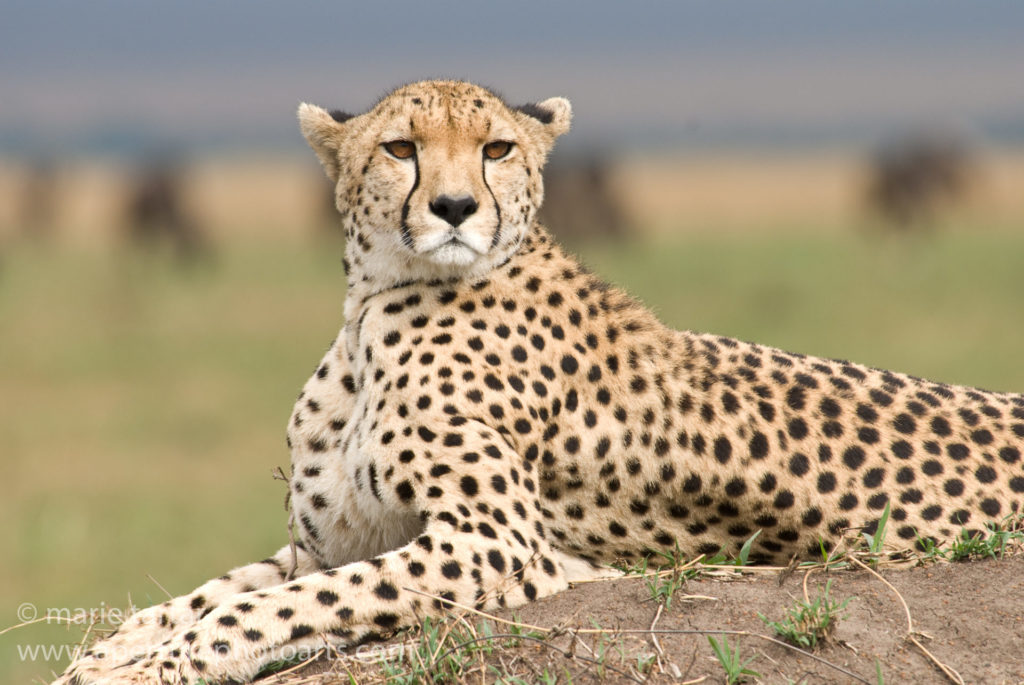
A termite mound gives this cheetah in the Masai Mara of Kenya an elevated perch from which to scan for prey; the brown blobs in the background are wildebeests.

Our friend Greg attests that this is a ferocious foe, at least to a 6 year old: the smallest antelope, the dik-dik (Masai Mara, Kenya).
Our 20th wedding anniversary took us to South Africa for the sardine run, coupled with a safari on a private reserve near Kruger National Park.
Steve’s 60th birthday was spent in the Arctic Circle in Svalbard, admiring icy polar landscapes and the aurora borealis as well as walruses and polar bears.
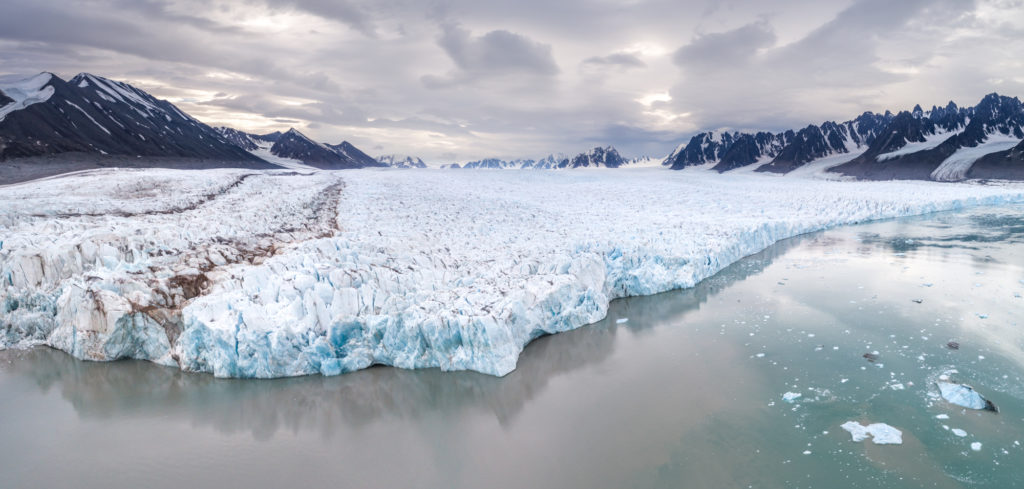
Svalbard, an archipelago in the Arctic Circle north of Norway, is an icy landscape lover’s dream. I love this glacier and mountain drone image by Steve.
Our 30th wedding anniversary was celebrated with a total solar eclipse in the Elqui Valley of Chile, giving us a chance to see other sections of this elongated and varied country, including the arid and colorful Atacama Desert.
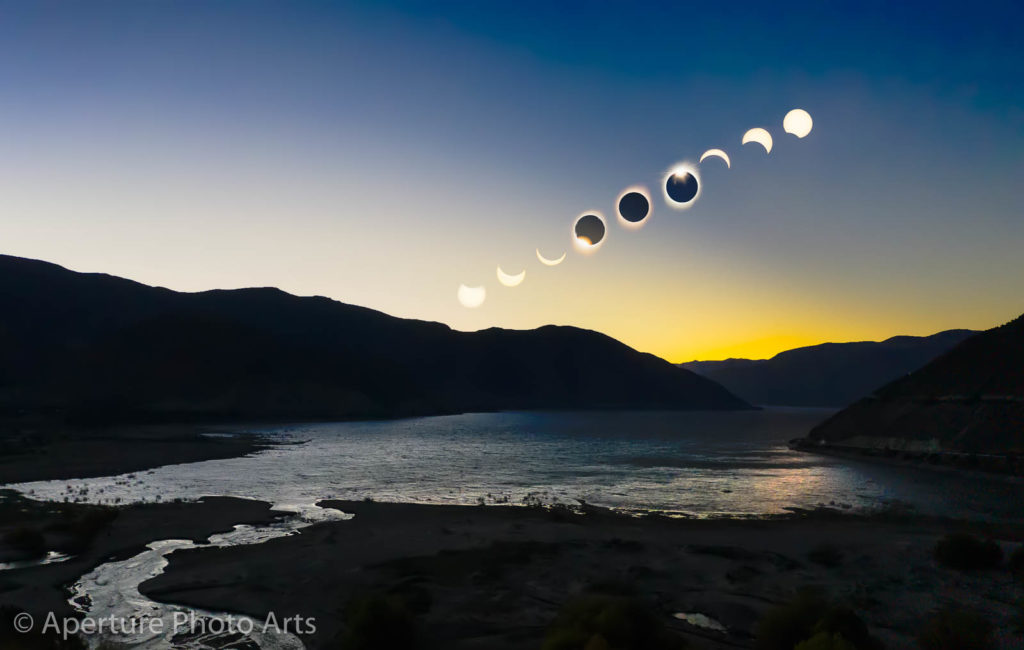
From a perch on a hillside property of Viña Falernia in the Elqui Valley of Chile, the view of the total solar eclipse of July 2, 2019 over Puclaro Reservoir was awesome!
So, over the previous year, I debated: what did I want to do to mark my 60th birthday? My 50th was celebrated underwater in Lembeh Strait, Indonesia, renown for the marvelously strange and wonderfully varied critters found in volcanic “muck”. The leading contenders in my mind were a long dive trip to Indonesia vs. a return to Africa. In the end, I decided these were not mutually exclusive. The dive trip would take us for 3 weeks to Raja Ampat in the winter and in summer, we would fulfill a long-held dream of seeing the sculptural sand dunes and twisted trees of Namibia. Little did I know what 2020 had in store for us and the entire world, which would be rocked and irrevocably inverted.
In keeping with our new tradition of bucking old traditions, we decided to start the year attending a New Year’s Eve party. This was at the lovely Balboa Park-overlooking aerie of Ellen and David and was a fun send off to 2019, with a feast of blinis with caviar and scrummy sushi, all washed down with Miles-approved champagne.
New Year’s Day saw us flying the drone over La Jolla as a gorgeous vibrant sunset set on the first day of 2020.
In the lull before my first gallery show, The Tonic of Wildness, opened, my bookclub gathered at Sandy’s for a discussion of the classic Italian novel The Leopard by Giuseppe Tomasi di Lampedusa . We caught up with Denise and Dana at Campfire in Carlsbad and saw Almodóvar’s new film Pain and Glory at the Digital Gym with Joe, briefly meeting his new love interest, Emily, beforehand.
The Tonic of Wildness dominated the first half of the month, delivering the prints to the gallery the weekend before the show’s long -awaited Saturday night opening, January 11. The turnout was gratifying, with new and old friends, from old and current jobs, bookclub and our arts circle, from every arena of our lives. The day of the opening was a busy one, with ikebana in the morning and Warren Reidel’s retirement party in the afternoon.
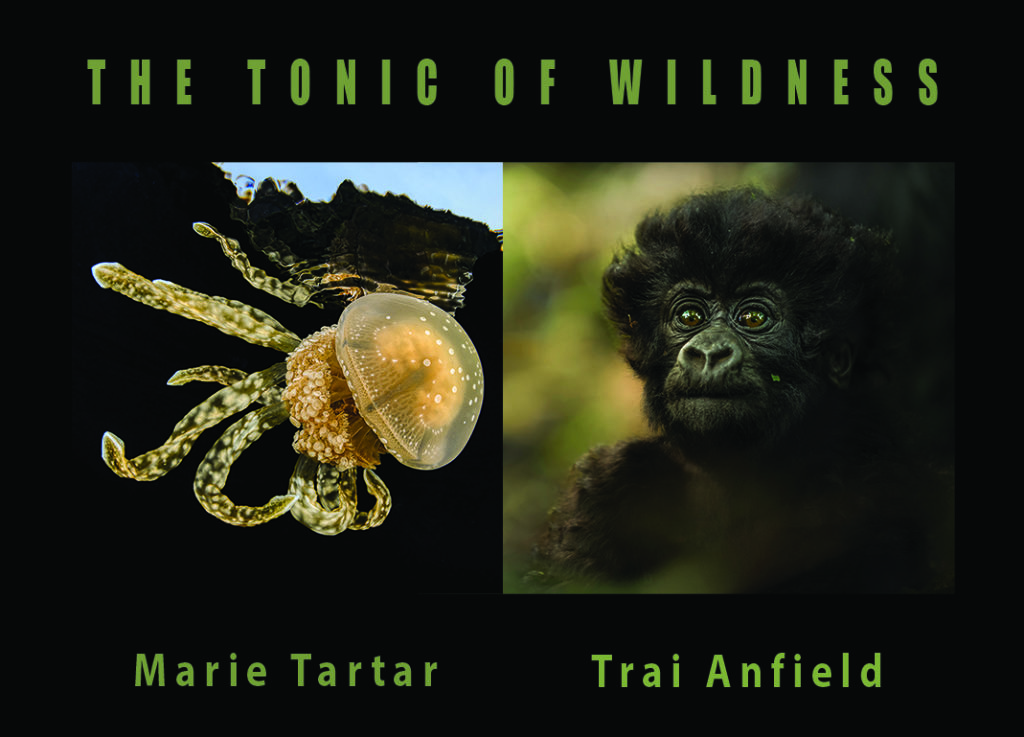
The show’s title derived from a quote from Henry David Thoreau, which ends “We can never have too much nature.”
The high of the opening was counterbalanced in the following week by a miserable head cold, which had peaked by the time the following weekend rolled around and it was time for my walk-through of the show on Saturday afternoon. This also had a gratifyingly large turnout, including our extended family of Claire, Alec and Martha. Dave flew down from Seattle to join us for the weekend, which started Friday night with a feast cooked up at home , including lamb chops (sous vide cooked and pan-seared), Dave’s famous risotto (with mushrooms and tomatoes) and Jan’s PB & J homemade ice cream with berries. We visited with the Harootunians at Burger Bench, our new favorite down the street from the gallery. This was fortuitous, as our upcoming trip to Indonesia meant we would miss the parties planned for Claire’s 90th birthday in February.
We wrapped up Saturday night in Balboa Park, listening to a jazz trio at Panama 66 before seeing August Wilson’s Jitney at the Old Globe Theater. Sunday meant another trip to the gallery for me, for another walk-through in the morning. By this time, I was nearly hoarse. Joe brought Andrea (who brought a lovely bouquet) and Mama and the party was rounded out by Emily, Tom and Teri, Marty and Cheryl and more friends. The afternoon was spent at San Diego Repertory Theater downtown, where we ran into Joe’s son James while speed-eating Vietnamese sandwiches before the performance. The Humans by Stephen Karam won a Tony award on Broadway in 2016 for Best New Play, but we had missed it there. Three generations of the Blake family convene for Thanksgiving in the Chinatown apartment of one of two daughters. The duplex apartment is a veritable character in the action as well, emitting a series of strange noises that amplifies the tensions of the family’s interactions.
February (Naivety)
Dave’s visit forced us to do more advance packing than usual so we were more or less ready for my 60th birthday trip by the last weekend in January, me forgetting only flipflops and dental floss and Steve leaving an organizer of chargers on the plane to Tokyo, where we intersected with Kevin from Reef Photo en route to Jakarta. That leg of the trip was a harrowing one for us, as we were called to attend to a short of breath, previously healthy, 34 year old Indonesian man returning from vacation in the US with his wife. He could speak with us, but didn’t think he could walk to the front of the plane on his own.There were monitors in the emergency kit, including pulse oximeter, EKG and blood pressure cuff. He was sweaty, with clammy hands, tachypneic, tachycardic in the 130-140 range and hypoxic, in the 80s%, even on oxygen! We suspected a pulmonary embolism, or possibly pneumonia. In retrospect, I wonder about Covid. At that point, we were not quite halfway through the 8 hour journey to Jakarta, still 4-4.5 hours to go. We recommended diverting the plane to Manila, a difficult decision. He was met by a medical team and the entire plane was subjected to temperature taking and health screening, the novel coronavirus outbreak in China having appeared on the scene in the preceding weeks. After 3 or so hours on the ground and refueling, we were again en route to Jakarta, arriving at 4 am instead of just after midnight as expected. Just before landing, the head flight attendant handed me a JAL bag with red-wrapped thank you gifts from the crew. That was when we heard that the young man had died in Manila, a sad coda to a long journey. I didn’t unwrap the gifts until later during our layover day in Jakarta-in addition to the chocolates she had mentioned, there was a selection of JAL instant soba and udon noodles.
Despite that profoundly upsetting beginning, we had a wonderful long dive trip with Tanya and Kevin, David and Kimberly, Chris and Gwen, Bill and Donna, and Kelly and Wes (celebrating their 25th wedding anniversary). Both components were terrific, divided between a preamble stay in thatched over-water bungalows at Papua Paradise Eco-Resort, followed by an 11-night Damai 2 live-aboard voyage.
Papua Paradise is on Birie, a small islet near Batanta, one of the four kings. We dove locally, as well as in the Kri region, while the live-aboard trip took us further afield, down to Misool and beyond. I carted my long lens all that way hoping to have a chance to do one of Papua Paradise’s bird excursions. The morning of our transfer to the boat was opportune for me to rise at 4 am in pitch-darkness for the boat ride to nearby Batanta Island, where I and a German couple hiked into the jungle by headlamp following barefoot guides to a rattan blind set in front of an arena frequented by the magnificent Wilson’s bird of paradise. The blue-headed bird, with patches of vivid red and yellow feathers, sports a distinctive curly-cue set of lavender tail-feathers. I wrote up details of this excursion in Photofocus.
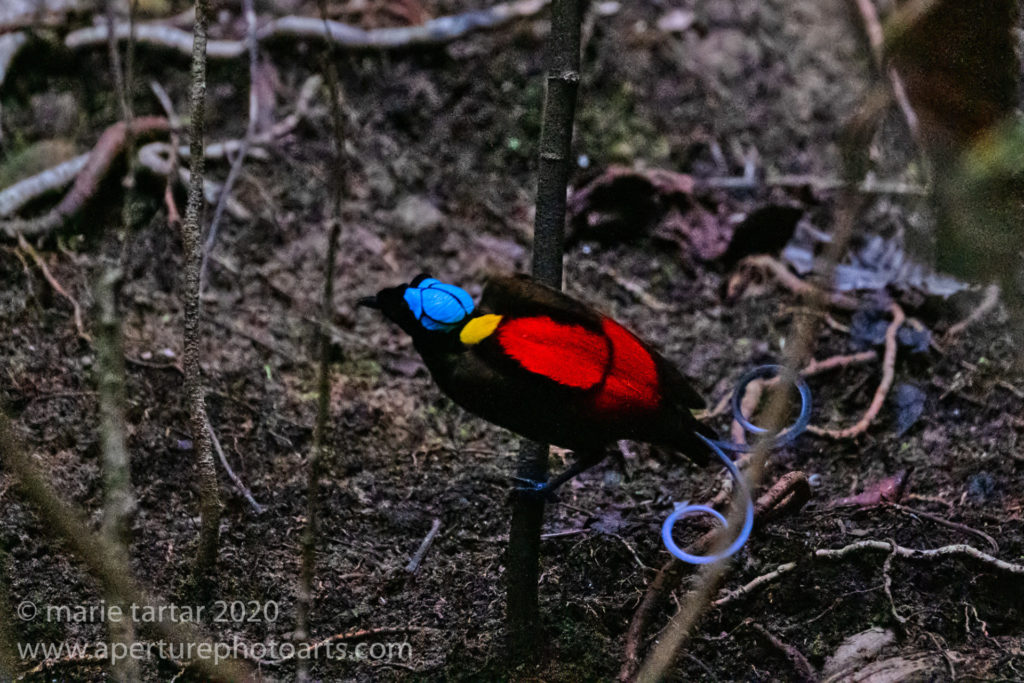
A spectacularly patterned, elusive and rare bird, Wilson’s bird of paradise. I had never shot from a blind before. Not a great shot, but I was lucky to get this. Little did I know that birds would become a major theme for us of this year.
The highlight of the trip for me was witnessing a zigzag clam suddenly shoot streams of yellow spawn into the water. There were abundant fish schools, occasional sharks and many mantas, and vivid color lent by a profusion of fans, gorgonians and soft corals. Many images from both north and south Raja Ampat can be seen in dedicated blog posts.
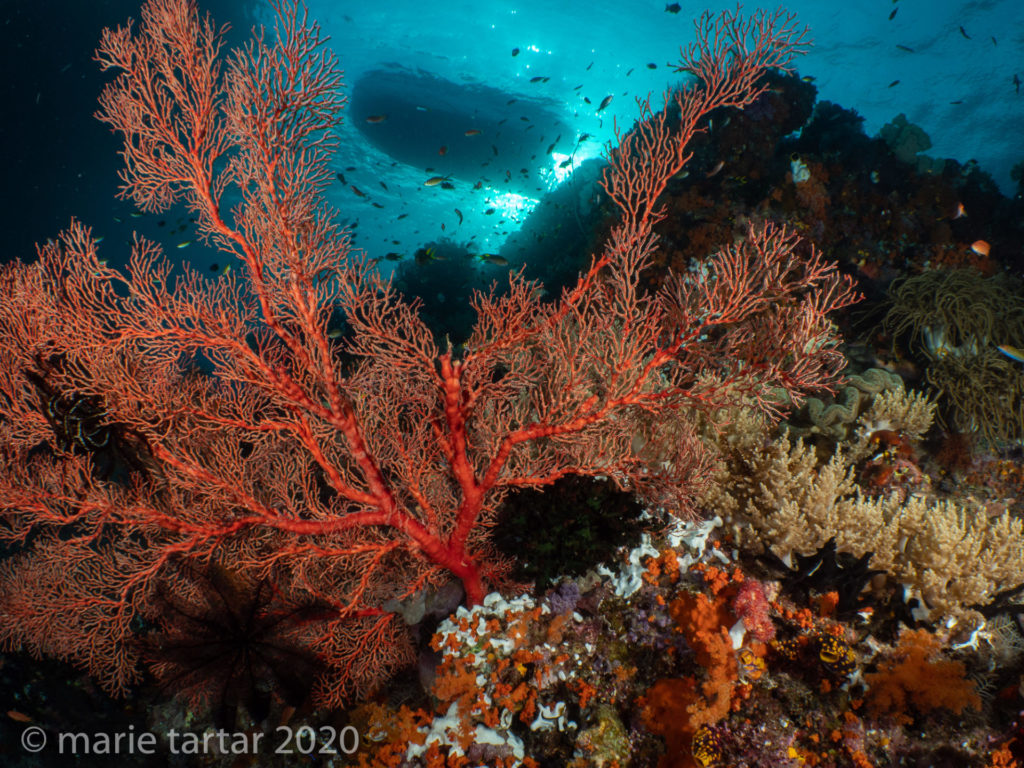
Boo Window, Misool, Raja Ampat Indonesia was where I caught a glimpse of our skiff waiting overhead, framed in a large red sea fan.
Our return was frenetic, on the Monday morning of President’s Day, including a trip out to Escondido to pack up The Tonic of Wildness show at the gallery and my bookclub in the evening. For once, the month’s selection, Ocean Vuong’s On Earth We’re Briefly Gorgeous, came in for universal praise from this discerning group. The frantic re-entry was softened by a weekend ensconced in the comfort of the Four Seasons in Jakarta and mileage-won business class lie-flat seats on our return.
While we were in Indonesia, Clarissa took Mama to Singapore for a mother-daughter trip, where Mama responded favorably to visits to the Bird Park and a cat cafe and indulged in a broad range of Asian foods. This trip also pulled into sharp focus Mama’s slowly but steadily eroding cognitive capabilities, with Clarissa having to ride herd on her tooth brushing and showering and witnessing Mama’s difficulties operating even slight variations on airplane bathroom locks and other once simple conundrums. At that point, Singapore was already on high coronavirus alert, with Clarissa reporting constant temperature monitoring and hand sanitizing during their stay.
After a short work week, we were off to the annual Sedona International Film Festival, which we’ve attended yearly for 10 years. Between films, I started my next book club book on my Iphone Kindle app, Djinn Patrol on the Purple Line by Deepa Anappara. In the evenings, I finally cracked open Love in the Time of Cholera by Gabriel García Márquez, which I think my sister-in-law Susan gave me decades ago. The film festival was the last large-scale brush with humanity for us for the rest of the year.

I loved this book, told from the point of view of a young boy who imagines himself a detective investigating the mysterious disappearance of a classmate. A searing fictional portrait of contemporary Indian society among the poor.

An obsessive love takes place against a backdrop of a cholera epidemic.
March (Disruption)
The world spiraled out of control in March. Our wonderful week in Sedona at the film festival ended on March 1 without a hint of trouble, until we arrived home on Sunday. I had the sudden onset of constant nasal drainage, leading to a choking cough. At work the next day, I felt chilled and had my temperature taken by one of our nurses-normal. I felt drained and by the following day, working alone in nuclear medicine, I had constant chills and was so exhausted that I was lying down on the carpeted floor of the reading room between cases. I checked our pulse oximeter-my pulse was over 100 and stayed that way for days, during which I had day after day of chills, utter exhaustion and loss of appetite (most unusual for me). I was out of work for 3 days, the rest of the week. Two days after the onset of my symptoms, Steve developed milder, but otherwise identical, symptoms. I turned 60 while out sick from work and missed a dinner party planned by dear friends to celebrate. Steve had planned a special scallop risotto dinner for my actual birthday, but was too sick to make it that night. His sister Sarah saved the day by sending chicken matzoh ball pozole soup from the Crack Shack.
We were in a real quandary. Steve was scheduled to undergo his spinal stenosis surgery the following Monday morning. He had arranged 2 weeks leave of absence to have the surgery and recover. He notified the neurosurgeon of his illness. He improved just enough to undergo the surgery as planned. Two days later, he coughed while checking in for an overdue follow-up appointment in cardiology for his prior year’s atrial fibrillation ablation. That cough was impressive enough to have him be isolated, swabbed and tested for both influenza and Covid-19. This confirmed what we had suspected-the diagnosis was Influenza A.
By the following week, I was slowly improving, just enough to work, although still coughing and exhausted by the end of each day. By Thursday, the last of the events we had lined up in New York for the end of the month were cancelled when the Broadway theaters closed. The photography show, Paris Photo New York, had already been postponed and the museums were closing, one after another like dominoes. We decided going to New York was out and I exchanged our plane tickets for tickets to Phoenix and planned to hide out in Sedona. Within days, schools in New York were closed, as well as bars and restaurants. San Diego theaters closed over this week as well, so we missed Fly at La Jolla Playhouse, House of Joy at San Diego Repertory and Little Women at the Old Globe.
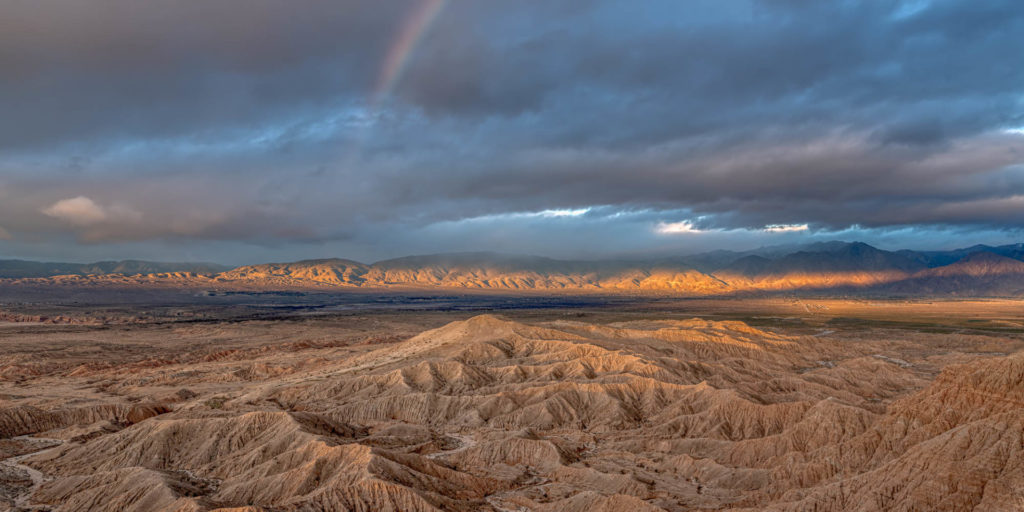
First light and a rainbow at Font’s Point, Anza Borrego Desert State Park. A week after his back surgery, Steve was convalescing and capturing nice light in Borrego Springs.
By the following week, Steve was moving with more ease and decided to decamp for his second convalescent week to John and Elena’s empty house in Borrego Springs. They had attended their 5th mountain bike festival in Sedona, just after we left the film festival. By this time, elective surgeries were being cancelled and we began to cancel screening mammograms and other non-acute studies. The email flurry from work was overwhelming-it was clear we were girding for war and this was a quiet lull before a storm that might well overwhelm us. I began working occasional days from home, although still had to physically drive in when on breast or nuclear medicine rotations. When I did have to drive in, the commute was holiday swift. The actual workdays were leisurely compared to normal and quickly became too leisurely, deadly boring, not enough to do. Over the weekend of March 21, our scheduling was retooled, from 18 radiologists working/day to 14.
During Steve’s first week back at work, most workdays were dramatically lighter than normal, even with our decreased staffing. We learned on Wednesday, March 25 that Steve’s NYC school nurse sister, Sarah, was ill. We hoped it was the flu and not Covid-19, although the presumptive diagnosis was the latter. She had been seen virtually and there weren’t enough test kits for her to be tested.
The reverberations upending the travel world began to manifest. Our Namibia trip, planned for late June, was now off. We rethought flying to Arizona at month’s end and decided to drive. Because of the speed with which the world was changing, I began a monthly coronavirus calendar blog. March is detailed here.
April (Adjustment)
Our week off in Sedona was a much-needed restorative balm from the stress of preparing for the oncoming Covid-19 crisis. It was 3 weeks since Steve’s single level minimally invasive decompression surgery for severe spinal stenosis and hiking would be a good test of its success.
Sedona was so dead when we arrived, I was surprised to learn that Stay at Home edicts were not already in force in Arizona. It did go into effect on Tuesday, March 31, partway into our stay.
We had driven a packed car filled with food in order to minimize having to shop. Our Blue Apron delivery was diverted to Sedona and waiting for us when we arrived. We supplemented with take out from local favorites Diablo Burger, Wildflower and Gerardo’s.
We hiked nearly every day: Wilson Canyon, Red Mountain, Mystic/Hog Heaven, as well as several hikes from the house, including our grand circuit: Jordan to Soldier’s Pass to Brin’s Mesa to Jordan. It was clear to me that Steve’s surgery was enabling him to walk more freely and comfortably. In the evenings, there were films to watch: Give Me Liberty (a recommendation from Mike and Mariana, who saw it at Sundance), The Platform, 1917, 93 Days (Clarissa’s pandemic recommendation, about the Ebola outbreak in Nigeria) and we rewatched Parasite, Burn After Reading and Made in China. I finished both my book club assignment Djinn Patrol on the Purple Line and Love in the Time of Cholera.
Which weekend day to return was decided by an unexpected and horrific episode; namely, I ended up spending Saturday morning in Cottonwood’s Verde Valley Medical Center’s ER confirming a diagnosis of a kidney stone, which really is as bad as we learned in medical school. It came on suddenly and had me writhing in agony, on the floor, unable to get comfortable in any position, sweating and retching. Just as we were nearing the hospital, the terrible pain resolved as suddenly as it started. The tea-colored urine sample and CT showing a small bladder stone confirmed the diagnosis. Evidently, I was lucky to pass it relatively quickly. The thought of it starting up again on the road back to San Diego kept me in the ER for the evaluation, even though I suddenly felt near normal, only a little shaky and worn out.
We drove back on Sunday, the hours passed listening to The Girl with all the Gifts by Mike Carey, arriving just in time for me to tune into our virtual book club, which heaped near-universal praise on Djinn Patrol.
While we were off, a further reorganization of our work structure resulted in us reading off of common work lists with our sister hospital radiologists. We were suddenly a group of 55 radiologists. Although we were financially merged already, we had never combined forces operationally. There had been a further consolidation of services, resulting in nuclear medicine and breast diagnostic services being offered only a few days/week/location, rather than daily at every site. Even with our reduced staffing, we were often competing for cases to read. A new assignment appeared on the daily schedule: XTO, which meant extra/forced time off, or a furlough day. With the stress of work, an occasional extra day off was welcome.
Most of this time off was spent obsessively reading in rotation The New York Times, the Washington Post, the Wall Street Journal and The Week. I did manage to process images and finish a 3-part blog on our Raja Ampat trip. I also began dictating a Coronavirus Calendar diary. The link to April is here. I found it harder to read books, unless their structure was in smaller, bite-size pieces, so I reread/finished books I had partially read before that I had never finished (probably due to leaving on a trip and them being put away on a bookshelf and/or having to start a different book for book club, not due to a lack of interest), including Nora Ephron’s I Feel Bad About my Neck: And Other Thoughts on Being a Woman and my friend Barbarella Fokos’ Diary of a Diva: Behind the Lipstick. My sister gifted me a first edition copy of I Feel Bad About my Neck back when it was published in 2006. The funny thing is, enough time has passed and my neck has undergone enough changes that I enjoyed it more than when I was younger.
Working was radically reorganized. To minimize the financial hit, the start of overnight coverage by StatRad was changed from 9 pm to midnight. Usage of locums physicians was eliminated. Steve and I found ourselves working occasional nights and weekends, which I didn’t do prior to the pandemic and Steve rarely did. To my surprise, I found myself not hating some of these changes. Some workdays were unchanged, 8-5 pm, while others were shorter, whether 12-7 pm, 5-10 pm or 7-midnight, leaving more days free. The group working at any one time shared a “big list” from all 4 hospitals. For us, this meant we suddenly were again seeing a different (and sometimes very interesting) case mix.
May (Adaptation)
Over time, we adapted to the new normal. My concentration improved enough to read a heftier book, which I really enjoyed, Free Food for Millionaires, the first novel of Korean-American Min Jin Lee, whose Pachinko I had so loved in recent years. A New York Times article on contemporary Japanese writers sent me on a mini-virtual book shopping spree. The first, a slender volume called The Factory by Hiroko Oyamada, is a dystopic look at modern day work in a mysterious factory, the nature of which is never disclosed. Convenience Store Woman was my next read in this group, by Sayaka Murata. The protagonist is a 34 year old woman who thrives on the order and routine of a job as a convenience store clerk, in which she can more easily pass as a “normal person”.
We were ready for a vacation by the time our Memorial Day week off rolled around. The original plan for this week had been to spend the first half of the week in New York City and the second in the Berkshires visiting Jon and Mayde and taking in some of the Berkshires Film Festival. The festival was initially postponed until September and it was still premature to think of spending time in New York. I read estimates in the New York Times that based on cell phone data, upwards of 40% of our Upper East Side neighborhood decamped as the pandemic hit.
We planned a quiet week in Sedona. A few weeks before, Nancy and Gerry wrote with a tantalizing proposal: to join them photographing birds, bats and creatures from a blind in Southern Arizona, The Pond at Elephant Head. Since we were planning to be in Arizona anyway the week they proposed, it seemed a sign of the perfect pandemic vacation: outside, in nature, in a remote and sparsely populated area of southern Arizona near Amado and Tubac, south of Tucson. It was very productive photographically, as can be seen in my May coronavirus blog.

Beautiful birds galore, such as this Northern cardinal, abound at The Pond at Elephant Head, tailor made for photographers, with shaded blinds sunken around a prolific pond.

The Pond at Elephant Head resident roadrunner (known as Roadie) eagerly accepts meal worms and will even fly from post to post with nutritional encouragement.
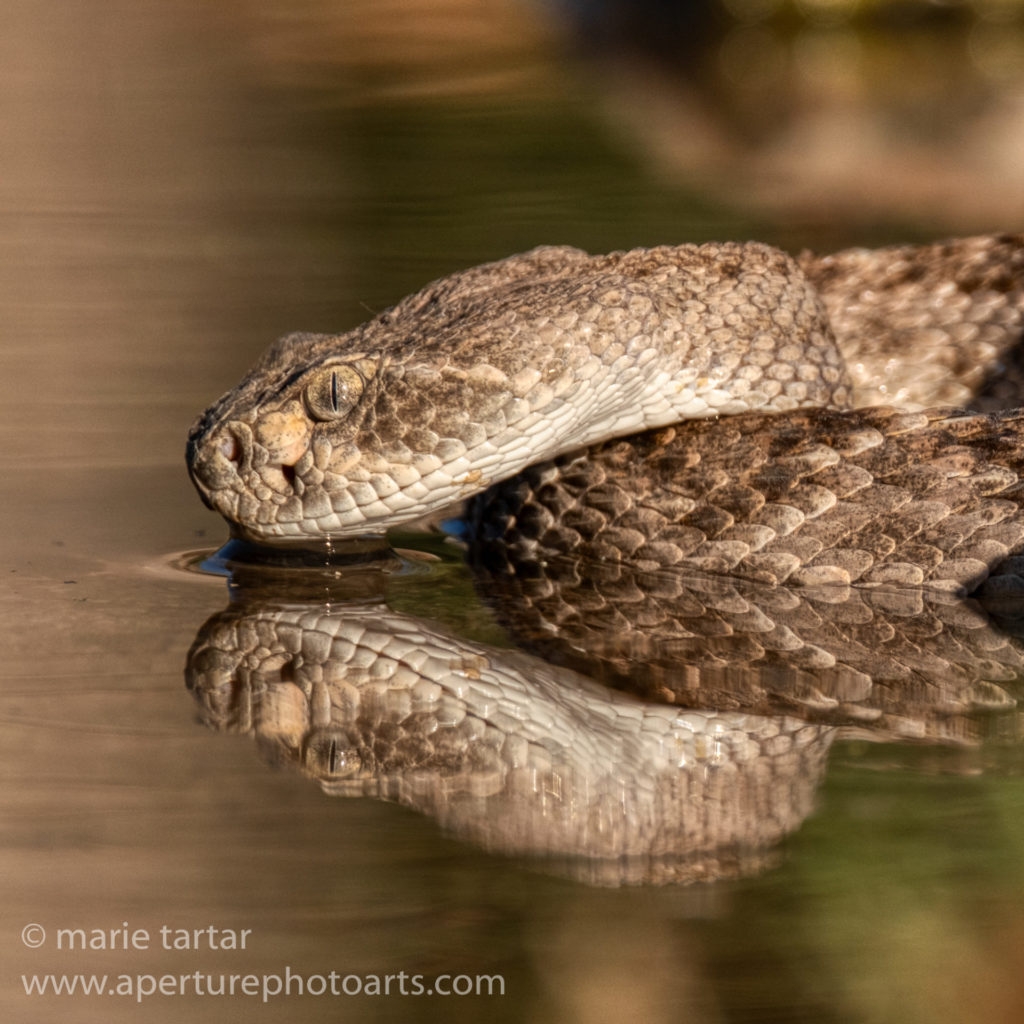
Dano Grayson, the owner of The Pond at Elephant Head, is a biologist and professional wildlife photographer and videographer with Netflix and BBC credits. He also knows how to handle reptiles, such as this Western diamondback rattlesnake.

We left our cameras working overnight at The Pond at Elephant Head, pre-focused over the pond where an array of flashes are triggered when bats swoop in at night for a drink from the pond. (Arizona brown bat)
June-July
After undergoing a laser skin refreshing procedure in early June (postponed from April due to the pandemic), I was happy to have a mask to hide behind. My skin felt like sandpaper and I looked like I fell asleep at a tanning parlor: blotchy and red, with raccoon eyes. I passed a peaceful demonstration in Del Mar Heights driving home from the procedure, with two ice packs held to my cheeks by my redeployed mask. I couldn’t go out in the sun or wear sunscreen for 5 days.
By a week later, I was respectable enough to be seen. We had an al fresco dinner with Chi-Ko’s takeout with Ron and Lucille at their lovely aerie. My book club continued to meet virtually via Zoom, dissecting Henning Mankell’s The Man From Beijing. Another al fresco dinner caught us up with our neighbors Don and Debra.
I received some exciting news mid-June, in response to images I had sent to help identify whale sharks in West Papua. I sent 7 images, selected to show the spot pattern from the head back to the dorsal fin on the left side. From them, one was confirmed to be a known whale shark, previously sighted in Cenderawasih Bay. My shot of it near Kaimana fit in between 2 sightings at Cenderawasih Bay, confirming long distance migration of this individual. Another shot, of 3 vertically feeding whale sharks together, yielded a previously unknown animal, mine to name! After careful reflection, not knowing the sex of “my” whale shark, I dubbed it/she/he Spots McDotts.
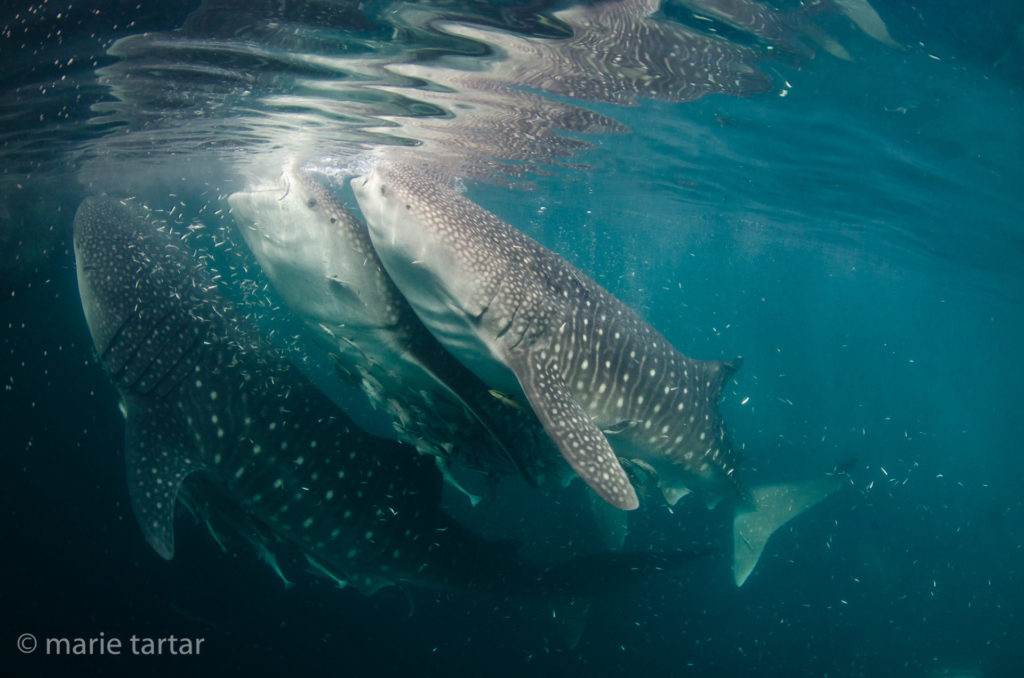
Introducing Spots McDotts (on the right) feeding with other whale sharks at a bagan, a floating fishing platform, in Nematota, West Papua, an excursion from Triton Bay Divers in April 2017. Analogous to human fingerprints, whale sharks have a pattern of spots and lines unique to themselves. Spots McDotts is the 200th whale shark to enter the Bird’s Head Seascape database of individuals.
June saw our work volume steadily increase, back to pre-pandemic levels and we reverted to our usual staffing, diverging from the Memorial group.
Our long-planned trip to Namibia, set for 2+ weeks at the end of June into July, was cancelled when the pandemic was declared, months ago. We were happy again to have our red rock escape in Sedona. A mountain biking and camping trip we’d wanted to do for years to the North Rim of the Grand Canyon beckoned. We signed up, only to have fire derail those plans. Rim Tours offered an alternative trip, to the back country of Bryce and Zion in southern Utah, a trip we’d actually done with them 16 years before, during the Kerry campaign for President. Although Steve was concerned that our (read: my) biking skills were not up to the challenge, we decided to do it anyway. The altitude, at 9500 feet, did prove to be a major factor, but didn’t diminish our enjoyment of this stunning area. We checked in on our friends David and Kurt, resettled in Palm Springs, on the drive to Utah and enjoyed a day in Snow Canyon State Park near St. George before meeting up with the group.
Our Utah escape was capped off by a slot canyon adventure with photography guide Seth Hamel. Seth’s secret slot canyon rivaled Arizona’s Antelope Canyon for beauty, but with very few visitors.
Our second week, in Sedona, was spent recovering from the exertions of the bike trip and the bouldering required to navigate the slot canyon. We did manage one epic hike: up over Sterling Pass in Oak Creek Canyon, down the Vultee Arch trail on the backside, to Forest Road 152 to Long Canyon Road to Chuckwagon to Dry Creek Creek Road.
While we were in Sedona, we received an intriguing inquiry from Valerie Pennington, aka The Penguin Prof, to be featured on her Bella V TV Internet show, Lost Suitcases, a travel show for the cooped-up. We chatted with her from Sedona to prepare for our segment and felt we made a new friend with many common interests (Valerie is a marine biologist and professor at Southwest College and a diver). Our segment aired on July 25. It was fun hearing from friends who tuned in to the premiere or saw it afterwards. It can be seen on YouTube or Facebook.
Another interesting hour was spent on the phone with Greg Houlgate, learning more about CureMetrix, a la Jolla company my breast imager friends Vivian and Lisa were working with, developing a next generation computer aided detection system for detecting mammographic abnormalities using artificial intelligence. By the end of the call, I was intrigued enough to set up a follow-up site visit, which Steve and I made after we returned to San Diego. We both signed on to serve as medical advisors.
Our mountain biking trip made us realize how much mountain bike technology had moved on. Our guide Dave and his girlfriend were selling year old, upgraded, carbon fiber versions of the Santa Cruz bicycles we’d rented from Rimtours for the trip. After returning home, we decided to go for the upgrade. Dave serviced and sent the bicycles, which Steve managed to build and by the first weekend in August, we were enjoying them on our favorite local trails.
August
Gail and Ralph rented a large house on the edge of Borrego Springs for the Perseid Meteor shower, luring Steve, me and John out to the Anza Borrego desert in the summer. Steve and I stayed in the casita. The hot days cooled nicely at night, giving us a front row seat for a dark sky punctuated by streaking meteors.
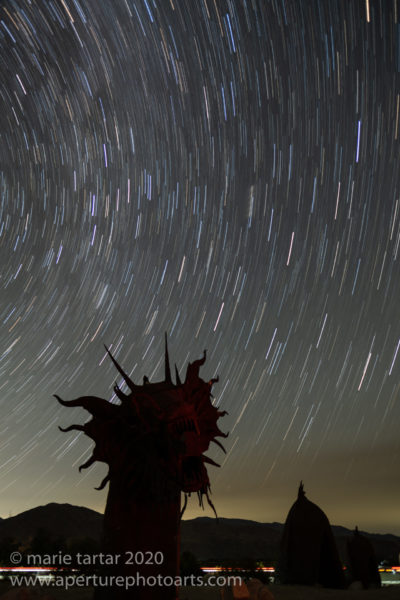
A short get-away to the desert was good preparation for shooting the dark night skies of Lake Powell. We stayed in a house designed for Dennis Avery, who funded the large metal sculptures which dot the desert, including this serpent, which crosses the road.

Twitchell Canyon, an offshoot of Last Chance Bay in Lake Powell, was our aquatic perch for an idyllic summer houseboat getaway. This was probably the most isolated and dark place we have ever been, once we were away from the marina. Conversely, it was a challenge to pilot a houseboat and a speedboat with just the two of us, but we managed.
The highlight of this month was finally making it to Lake Powell, formed by the intentional flooding in the 1960s of Glen Canyon, which has been described by opponents to its damming as even more lovely than the Grand Canyon. This was to control the Colorado River’s periodic flooding, which had contributed decades before to the formation of the Salton Sea.

Our splendidly isolated houseboat emits a minimal glow in Twitchell Canyon, off Last Chance Bay at Lake Powell, with the lights of Page in the distance and the Milky Way and Jupiter overhead.
September
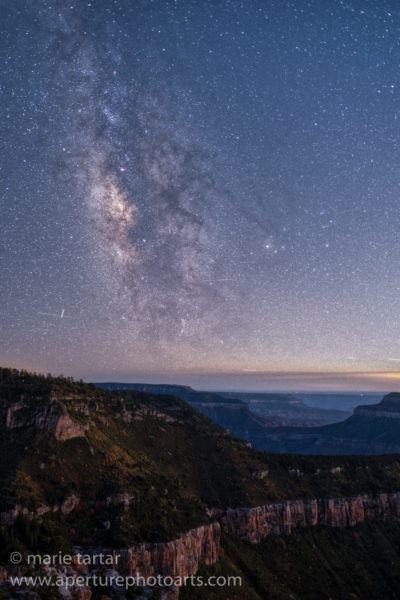
I shot the foreground during the blue hour of evening, then left the tripod on the ridge overlooking the Grand Canyon, to return by headlamp in the dark to shoot the Milky Way.
The North Rim of the Grand Canyon had eluded us for years. Mountain biking and camping seemed an ideal way to experience the North Rim. We scored a rim view cabin for the night before, but one night did little to acclimate our sea-level lungs to the elevation over 8000 feet.
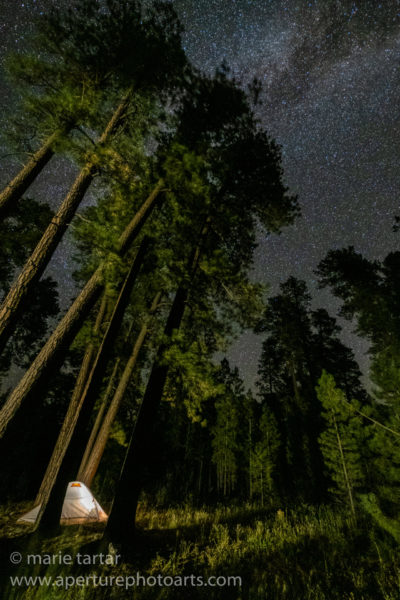
Splendid isolation at Locust Point on the North Rim of the Grand Canyon, just a scattering of tents, trees, the milky way and great single track mountain biking.
Our June plans were derailed by fire, but we were determined and finally succeeded over Labor Day week.
Later in the month, we returned to the Pond at Elephant Head in southern Arizona, again with Nancy and Gerry, shooting nectar-feeding bats and a Western screech owl with Dano’s aid, then camping near Payson in hopes of seeing and photographing ring-tailed cats.

Lesser long-nosed bat (Leptonycteris yerbabuenae) feeds on nectar of night-blooming plants like agave blossoms.
We were literally skunked in Payson-no raccoons materialized, but we did have a magnificent hooded skunk show up.
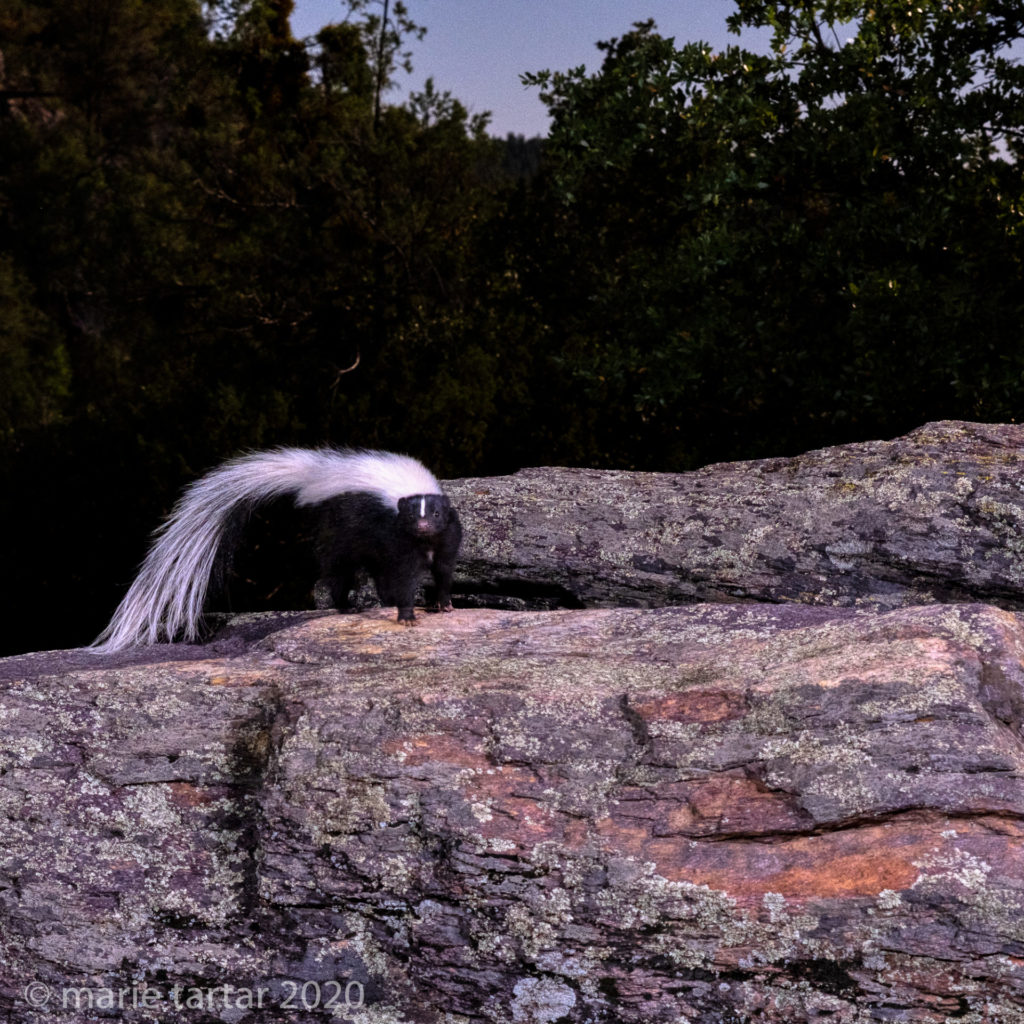
A hooded skunk came to investigate the scents left to lure in ring-tailed cats (racoons) which failed to show.
The rest of the week, we regrouped in Sedona, undoing the camping dirt with mounds of laundry and training for our upcoming mountain biking and camping trip to Utah by riding in Flagstaff’s cooler temperatures and higher altitudes. We were still learning the capabilities of our new e-mountain bikes, as well as exploring Flagstaff’s network of trails.
October
We achieved another first this month, finally making it to Moab, Arches and Canyonlands. This was another mountain biking and camping trip, again with Western Spirit. Since we’d never been to Moab before, we found an apartment with a kitchen in Moab to spend a few days exploring the area.
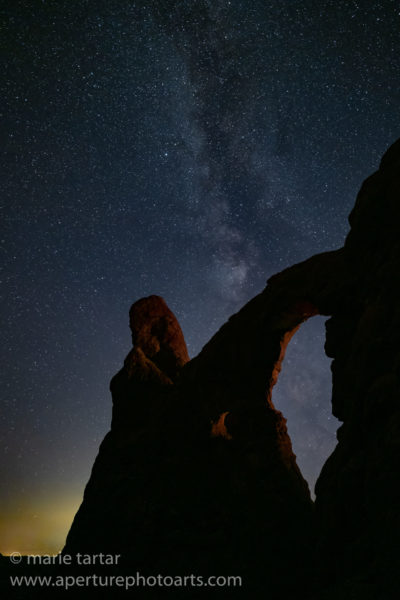
Turret Arch, in Arches National Park near Moab, Utah, with an October Milky Way and the lights of Moab in the distance.
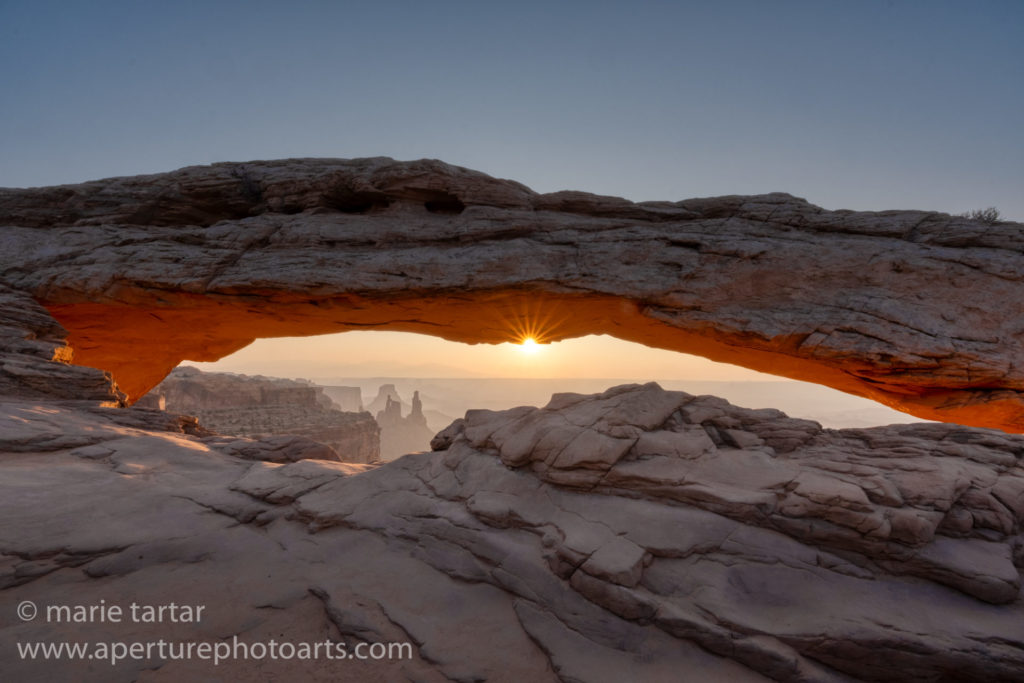
Iconic Mesa Arch in Canyonlands attracts quite a crowd for sunrise, even during a pandemic, despite the dark and the cold. The site is small, but the 20 or so determined visitors were masked and generally well behaved.
After Steve broke a pulley on our Grand Canyon North Rim trip, we found ourselves in Absolute Bikes in the Village of Oak Creek afterwards, in search of a replacement $10 part. To our surprise, they had in stock e-mountain bikes. A few spins around the parking lot and we were sold. We had found the altitude at the North Rim to be a significant factor limiting our enjoyment and we justified to ourselves that we’d be able to ride more in northern Arizona with this altitude-compensating capability. We had a chance to really experience the bike’s capabilities on some rugged climbs on the White Rim, detailed here:
In late October, we caught a few of the retooled, now virtual, San Diego Asian Film Festival offerings at home. The same week, I had video interviews with CureMetrix for a position as VP of Medical Affairs.
November
We nearly made it to New York, planning a 5-day weekend early in the month, during a period in preceding months in which case numbers of Covid-19 in California were down enough for us to not be on the list of states from which visitors would have to quarantine for 14 days. Days before our departure, California suddenly reappeared on the list, so we cancelled, making it a full year since we have been to our apartment. We did a virtual visit instead, “meeting” via Facetime Benjamin Noriega-Ortiz, the designer of our apartment, for a tour of the adjacent apartment offered for sale to us. Our staycation enabled us to explore more mountain bike trails, including discovering single track additions to an old favorite, Cuyamaca. Riding kept our minds off the election. We had voted by mail weeks before, so there was no need to venture to a polling station. Thankfully, our fears of civil unrest did not materialize.
The day before the election, we wrote the apartment sellers, outlining our rationale for a price reduction. They made us a reasonable counter-offer and we verbally agreed to it, pending the outcome of the election. If we were in for 4 more interminable years of the current crew, we did not want to own more New York real estate. Thankfully, the sellers were of a similar mind and assented to this provision.
The days following the election were nerve-wracking, cycling from the homepages of one newspaper after the other, as state projections were made and the electoral college vote counts climbed. Finally, around 8:30 am on Saturday morning, texts starting pouring into my phone from equally concerned and like-minded friends. Clarissa texted that she could hear cheering in the New York streets outside her apartment. At 9 am, I had a scheduled call with CureMetrix President Kevin. Answering the phone, I couldn’t suppress my exuberance over the election outcome, maybe not the most politic way to interview for a job unless you know the interviewer’s position. By the end of the conversation, I had an offer for a part-time position, equivalent to one day/week. So, on the historic day Kamala Harris became the first female, Asian and Black VP-elect, I became a VP too!
Nancy and Gerry had mentioned it was the migratory bird season at the Salton Sea. They had a productive photographic shoot there earlier, leading me to look for a weekend we could make a quick sprint out there. Thanksgiving weekend was selected. We drove out separately on Saturday afternoon, in time to arrive at Unit 1 of the Sonny Bono National Wildlife Reserve to photograph the golden hour into sunset.
We brought Trader Joe’s salads with us for dinner, so we didn’t have to search for food with the pandemic raging. We stayed overnight and arose in the dark for a sunrise shoot, with a cloud of snow geese rising in a cacophony of sound and motion, transferring from a predator-safe overnight pond to near-by fields for feeding.
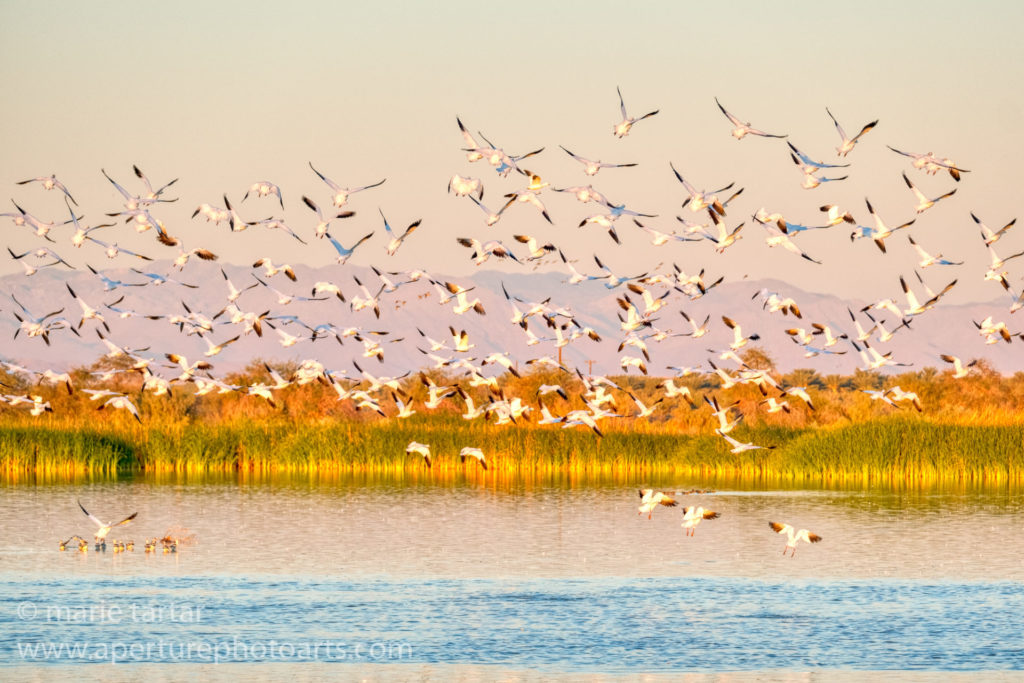
Snow geese shelter overnight in ponds, safer from predators, lifting off en masse for near-by fields for feeding.
December
By the end of the year, we had cancelled 4 trips to New York, one trip to Africa and one diving trip to British Columbia. The Art of Elan concert at our house which we had planned for my 60th birthday was postponed indefinitely, until the day hosting a group of 60 is feasible. Both international trips were postponed until 2022. Trips planned for early 2021 were also pushed back to 2022, which is shaping up to be an action-packed year for travel. Postponements were necessary, not that painful adjustments. What was painful was cancelling the special 2-week trip we had planned for this month: to Chile for the total solar eclipse in the Lake District, with visits to Chiloe Island and a return to Patagonia. This was also postponed to 2022, but of course, there will not be an eclipse then.
We considered going to New York, even scheduled it, but the dramatic mounting numbers of Covid-19 cases in California and New York dissuaded us. At the end of August, I began to face up to the possibility that we might not be able to travel to Chile in December and made a contingency plan, booking a remote house on 25 acres on the Rio Grande River, not far from Bosque del Apache, a national wildlife refuge in southern New Mexico, known for attracting huge numbers of migrating birds in winter. Nancy and Gerry decided to join us.
They drove from San Diego, hopscotching from the Salton Sea to Madera Canyon to Bosque. We bookended our Bosque visit with stays in Sedona before and after. The first week was sunny and warm enough to encourage mountain biking, so we began exploring Sedona with our e-bikes. To our happy surprise, we found some trails within our ability level that offered good views and enough challenge (Adobe Jack, Bell Rock, Deadman’s Pass, Long Canyon, Aerie and near Cottonwood, Dead Horse Ranch). Sedona mountain biking is generally considered difficult and we had long been intimidated. I think it’s fair to say what is considered easy in Sedona would be considered intermediate in most areas.
We packed our Blue Apron box and a Yeti full of food along with us for the 6+ hour drive to New Mexico. Nancy and Gerry went a day earlier and were already reporting back with bobcat sightings and lots of bird activity.
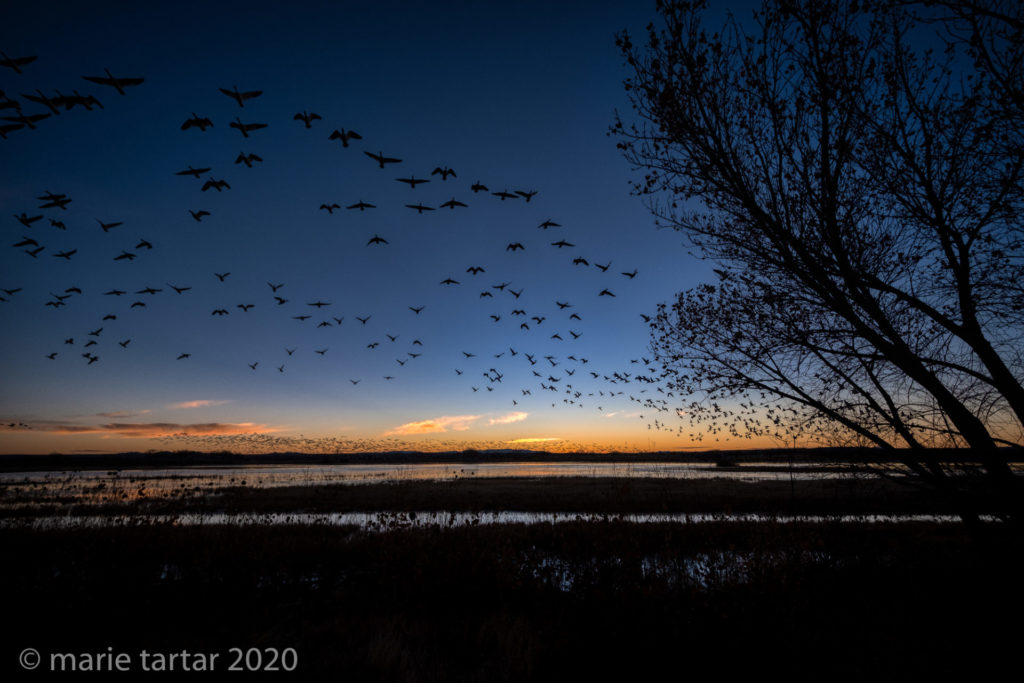
My first Bosque del Apache blast-off of thousands of snow and Ross’ geese, taking off from night-time protection of ponds to feed in nearby agricultural fields.
Each morning, we arose in the pitch-dark to be on site, a 23 minute drive away, well before sunrise around 7 am.
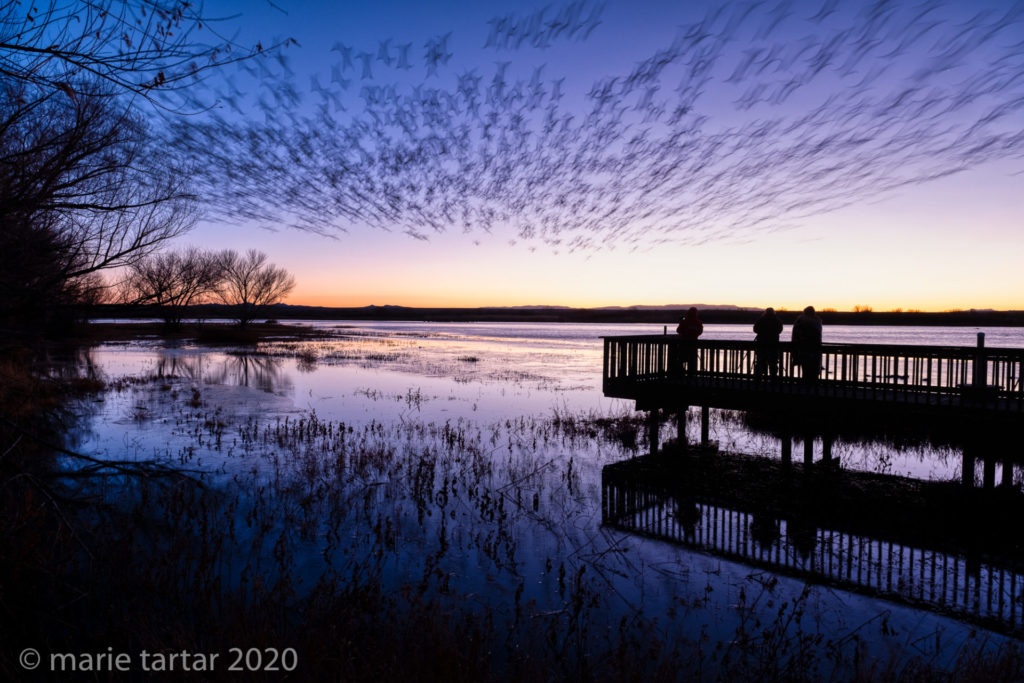
Bosque del Apache blast-off number 2, with Steve far left and two other bundled up photographers on the Flight Deck. I slowed the shutter speed down to blur the birds’ wings.
We needed to be in place in time for the pre-dawn “blast-off” of snow geese en masse which creates a roar of beating wings that is unforgettable-experience it here. During the day, we drove the figure-of-8 loop roads in the park with our cameras at the ready, in search of bobcat, deer, javelinas and eagles.
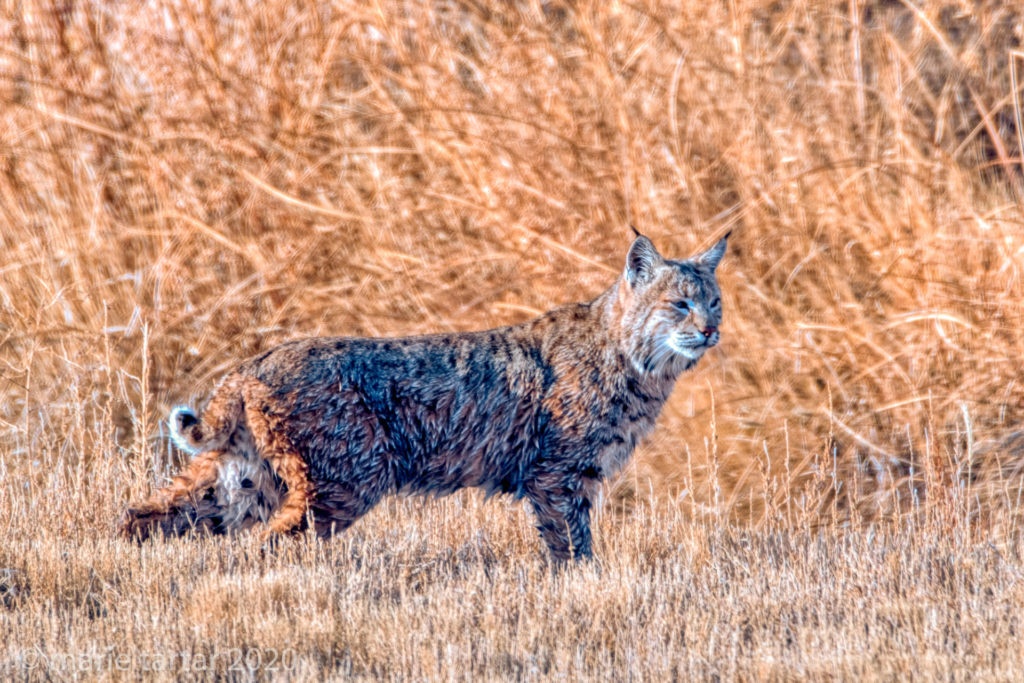
My first (and really, only) bobcat ( Lynx rufus), early morning, Bosque del Apache National Wildlife Refuge, New Mexico.
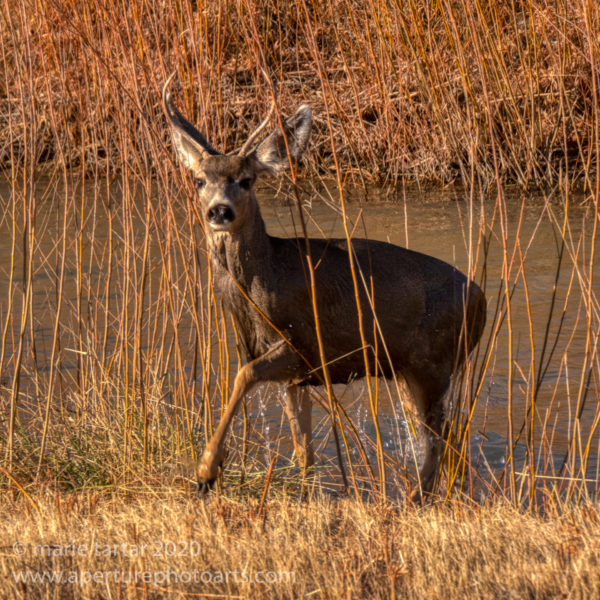
Mule deer (Odocoileus hemionus) peers out of the canal lining reeds in early morning at Bosque del Apache National Wildlife Refuge in southern New Mexico.

Bald eagle (Haliaeetus leucocephalus) in Bosque del Apache, with its head feathers ruffled by the winter wind.
The bird activity was most lively at the north end of the park, with mesmerizing murmurations of common starlings and red-winged black birds and clouds of snow geese. Besides the bird and wildlife activity, which was gratifyingly active, we both found the landscape to be startlingly beautiful, if spare.
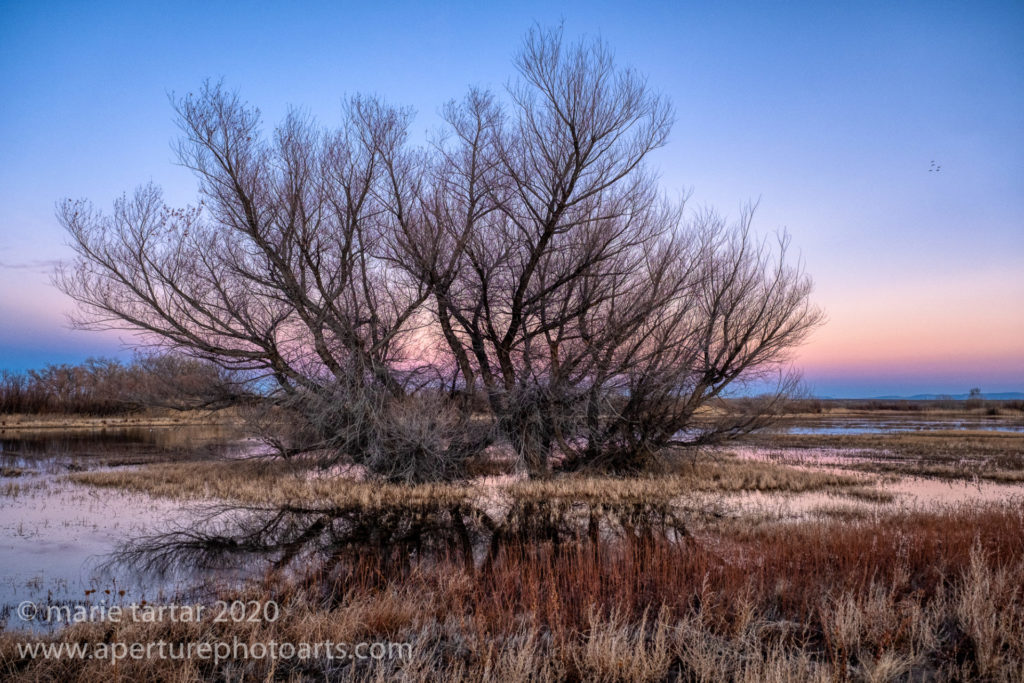
The landscape of Bosque del Apache, with sculptural trees set off by reeds, grasses and wetlands, against a backdrop (not pictured here) of snow-covered mountains, was the perfect foil for colorful winter sunsets.

The sandhill cranes take predator-free refuge at night in ponds at Bosque del Apache in southern New Mexico.

A cold winter morning in Bosque del Apache in southern New Mexico with subtle fog softening the landscape along a reed-lined canal. Frost made the grasses crunch underfoot.
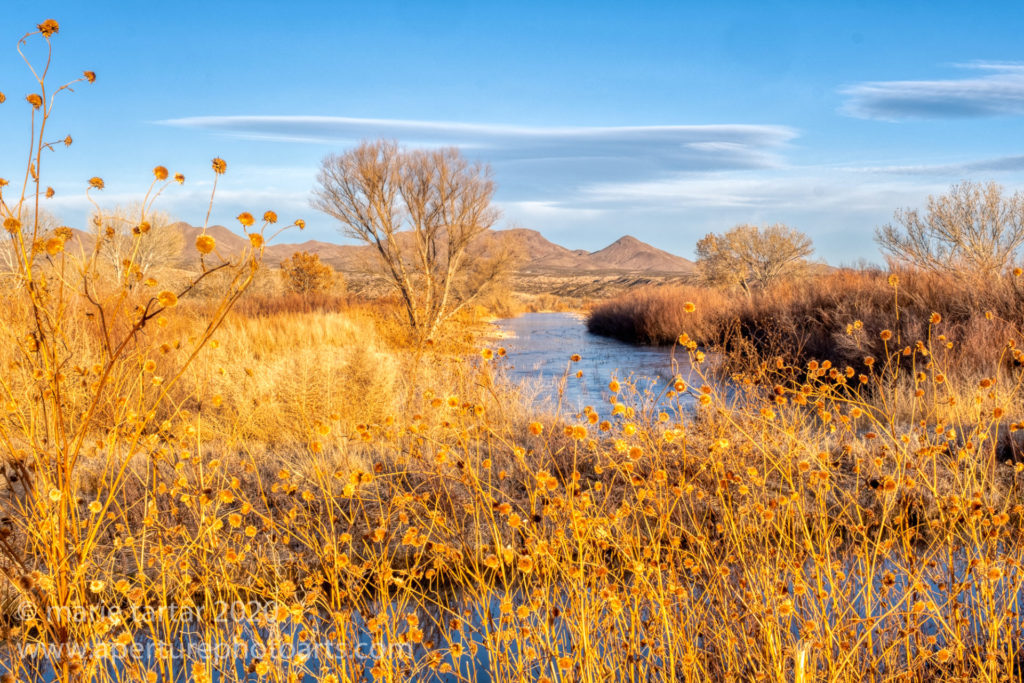
Weird to realize I have the pandemic to thank for galvanizing us into finally making it to Bosque del Apache.
We had more birds on the brain on our drive home, altering our route to traverse the Salton Sea. Nancy and Gerry gave us directions to where they had successfully found burrowing owls along the mud banks edging irrigation canals. We timed our arrival for golden afternoon light and were pleasantly surprised, finding a pair here, a single there, in all at least a half a dozen to occupy us until the light failed.

A burrowing owl next to its burrow on a sandbank in agricultural Imperial County, near the Salton Sea. Burrowing owls sometimes take over tunnels abandoned by other animals or utilize artificial substitutes such as drainage pipes.
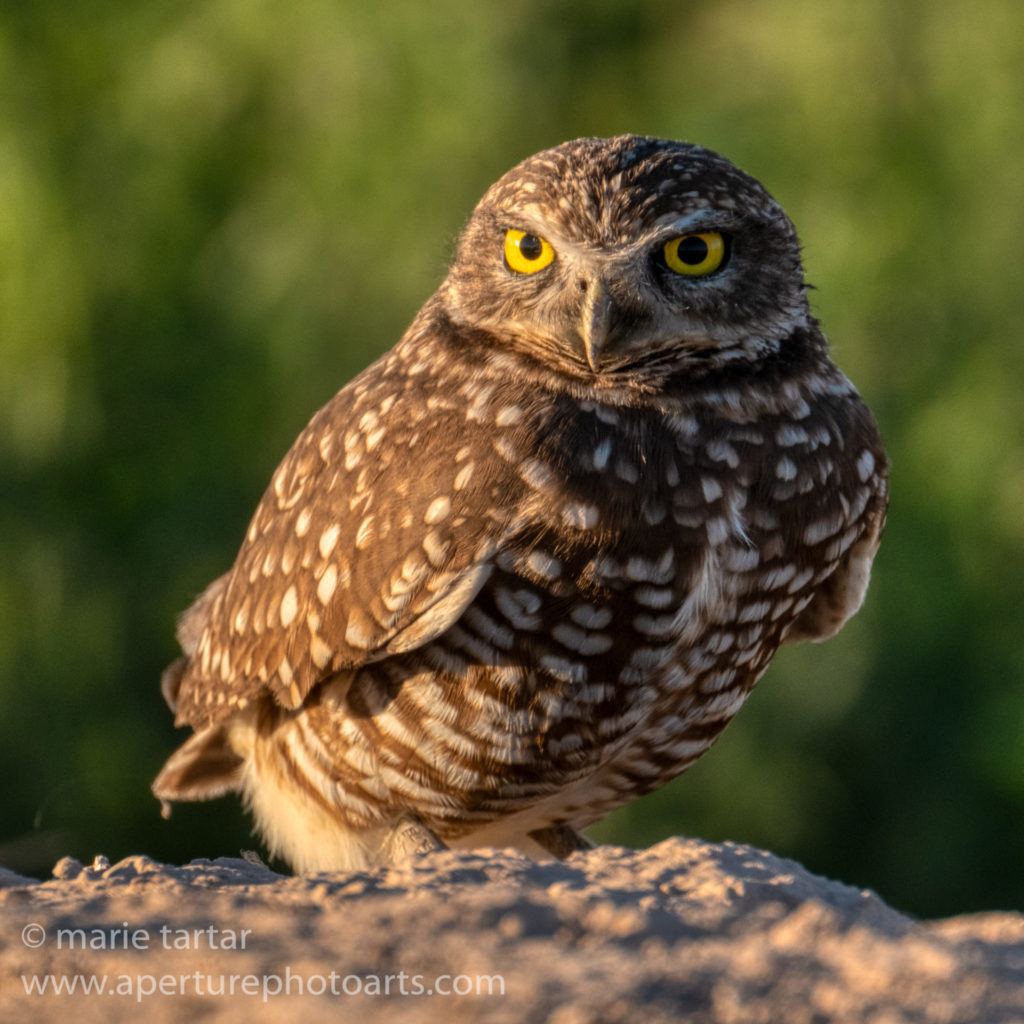
The green agricultural fields of the farming communities of Imperial County make a nice backdrop for one of the Salton Sea regions most charismatic residents, Athene cunicularis (burrowing owl).
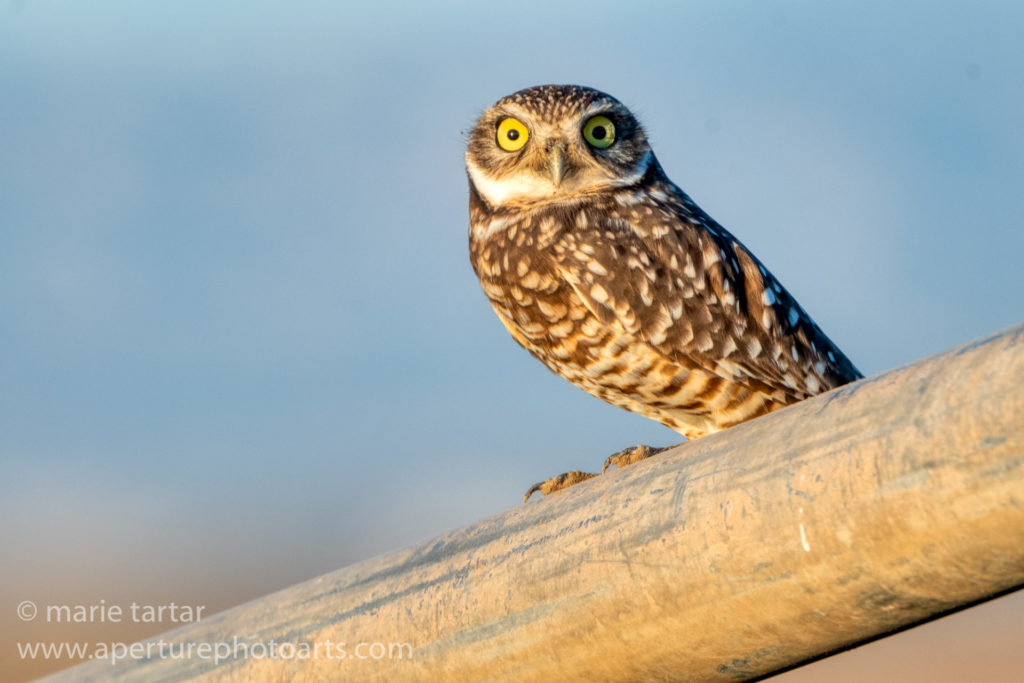
Burrowing owl atop an irrigation pipe in the agricultural area of Imperial County near the Salton Sea. The burrowing owl’s scientific name, Athene cunicularis, derives from the goddess of wisdom, Athena, and the Latin for burrower or miner.
Back at work, the scope of the Thanksgiving surge was manifesting in a deluge of emails documenting the mounting Covid-19 census and we were seeing the imaging manifestations on chest x-rays and CT scans in the highest numbers we had seen since the start of the pandemic. While we were in Arizona, on the day the electoral college ratified the results, a Pfizer manufactured vaccine utilizing m-RNA technology was approved for emergency use by the FDA, followed within the week by approval for the Moderna vaccine. We saw on Facebook the first of our front-line colleagues, as well as radiologists we trained with practicing in other cities, being vaccinated in the first wave of mass immunization. In the last week of the year, we were vaccinated ourselves, receiving the greatest gift of the year, a first innoculation from some of the stress and uncertainty pervading the pandemic. Plans we made for pandemic-style al fresco New Year’s weekend meals with Ralph and Gail and separately with Miles and Tatiana were deferred at the 11th hour, not wanting to take any risks so close to the finish line (which at this writing, is still probably months away but in sight?).
At year’s end, we’re grateful to have made it this far without falling ill, to be partially vaccinated and to be healthy enough to forget about the pandemic for a few hours at a time while concentrating on surmounting rocks, roots and even (on New Year’s Day at Cuyamaca) snow while mountain biking in San Diego’s back country. I am more scarred than at the start of the year (that’s what happens when you take up mountain biking again at 60). The stars and birds provided solace during a strange and discomforting year which pulled into even sharper focus the widening fissures dividing society. If nothing else, the Covid-19 pandemic will be remembered by all as a time of reckoning, contracting our worlds down to only the most essential of elements: love, food, shelter, family and friends.
-Marie

